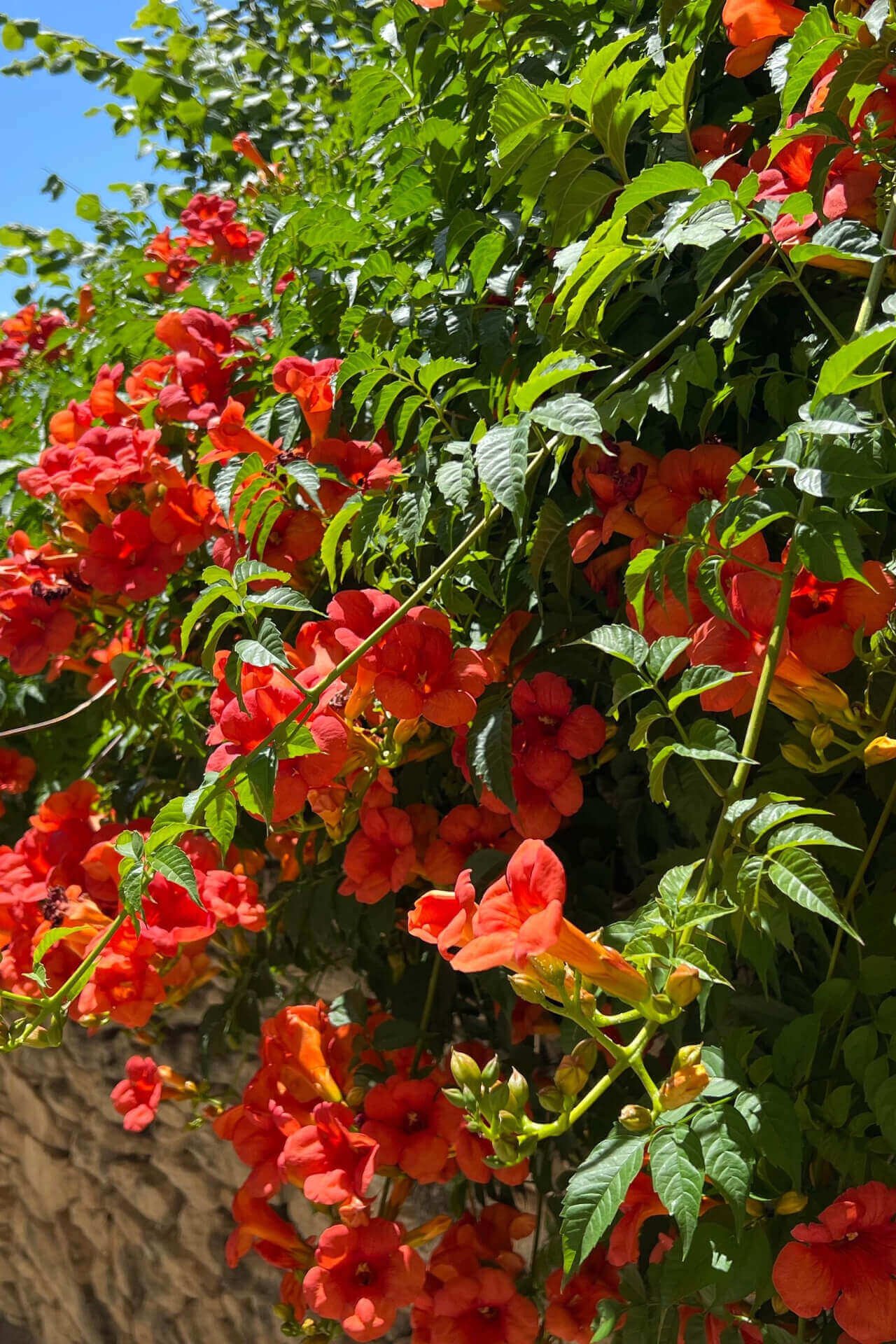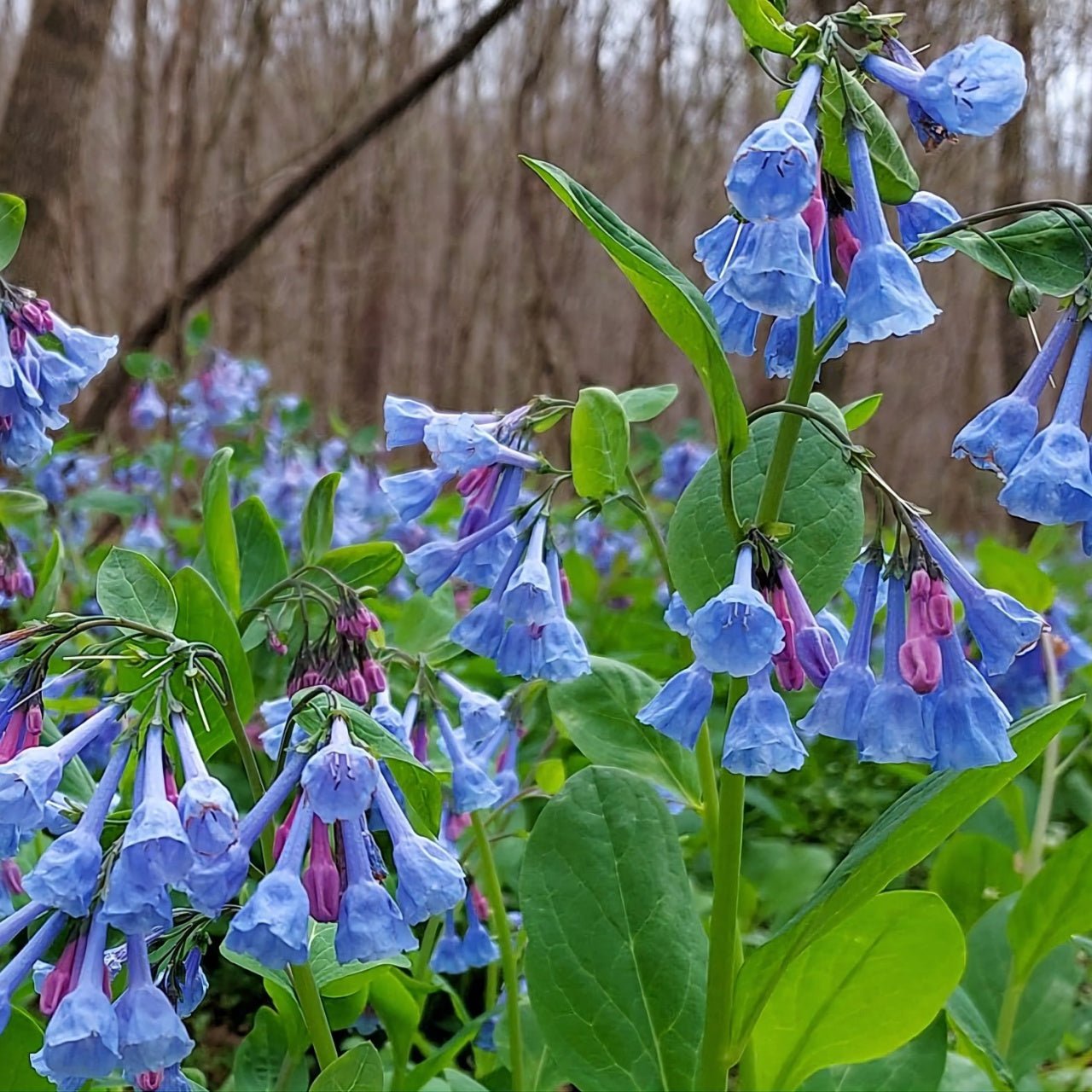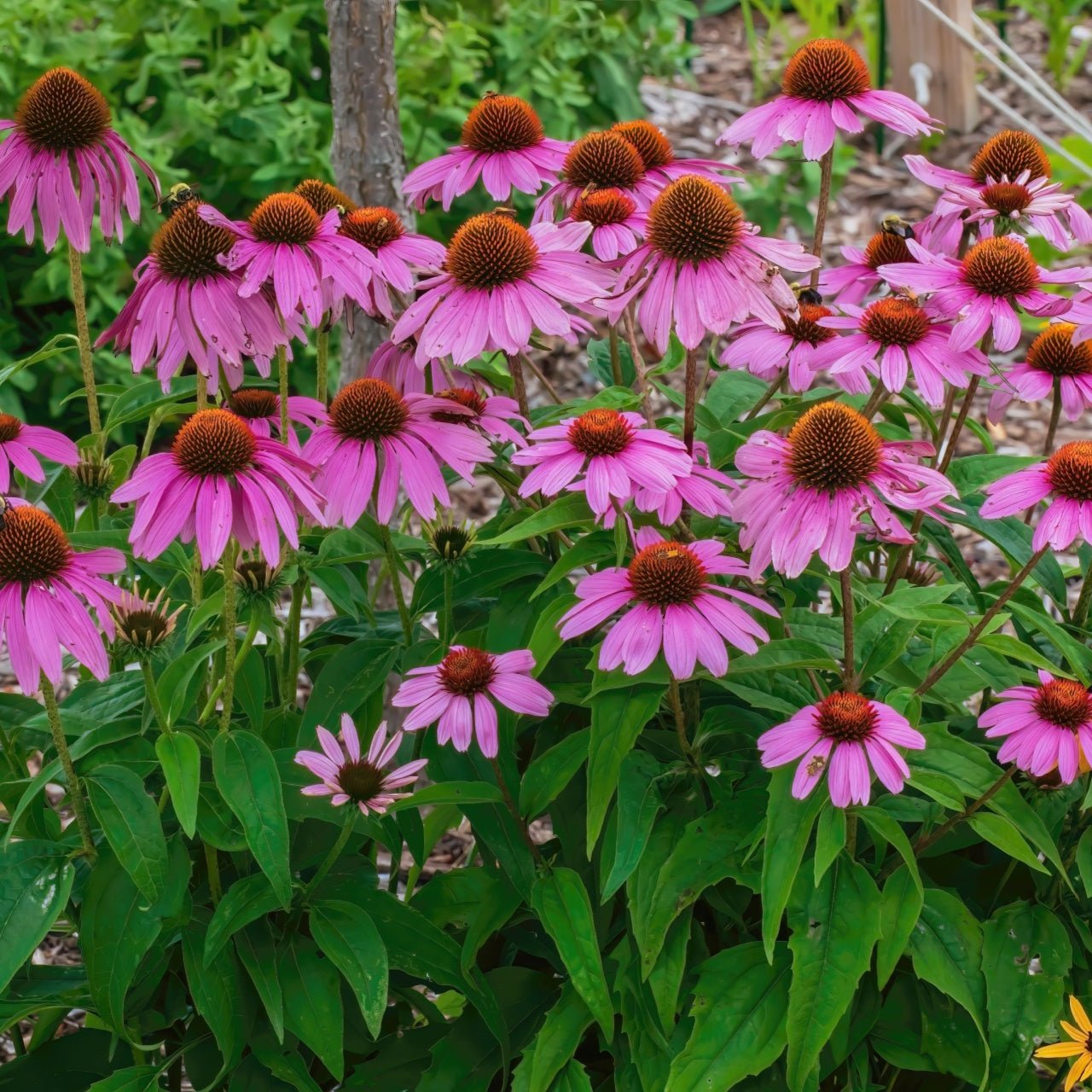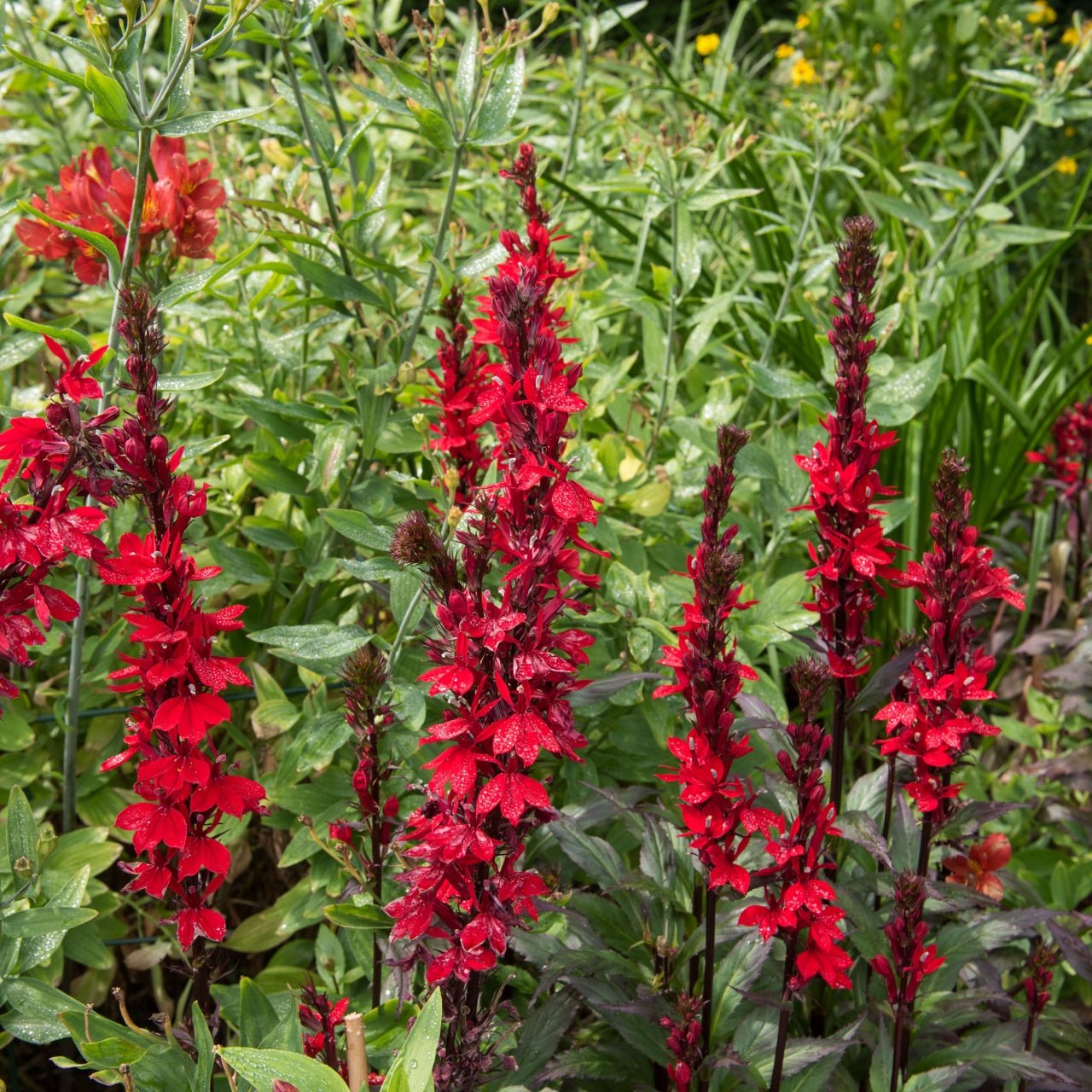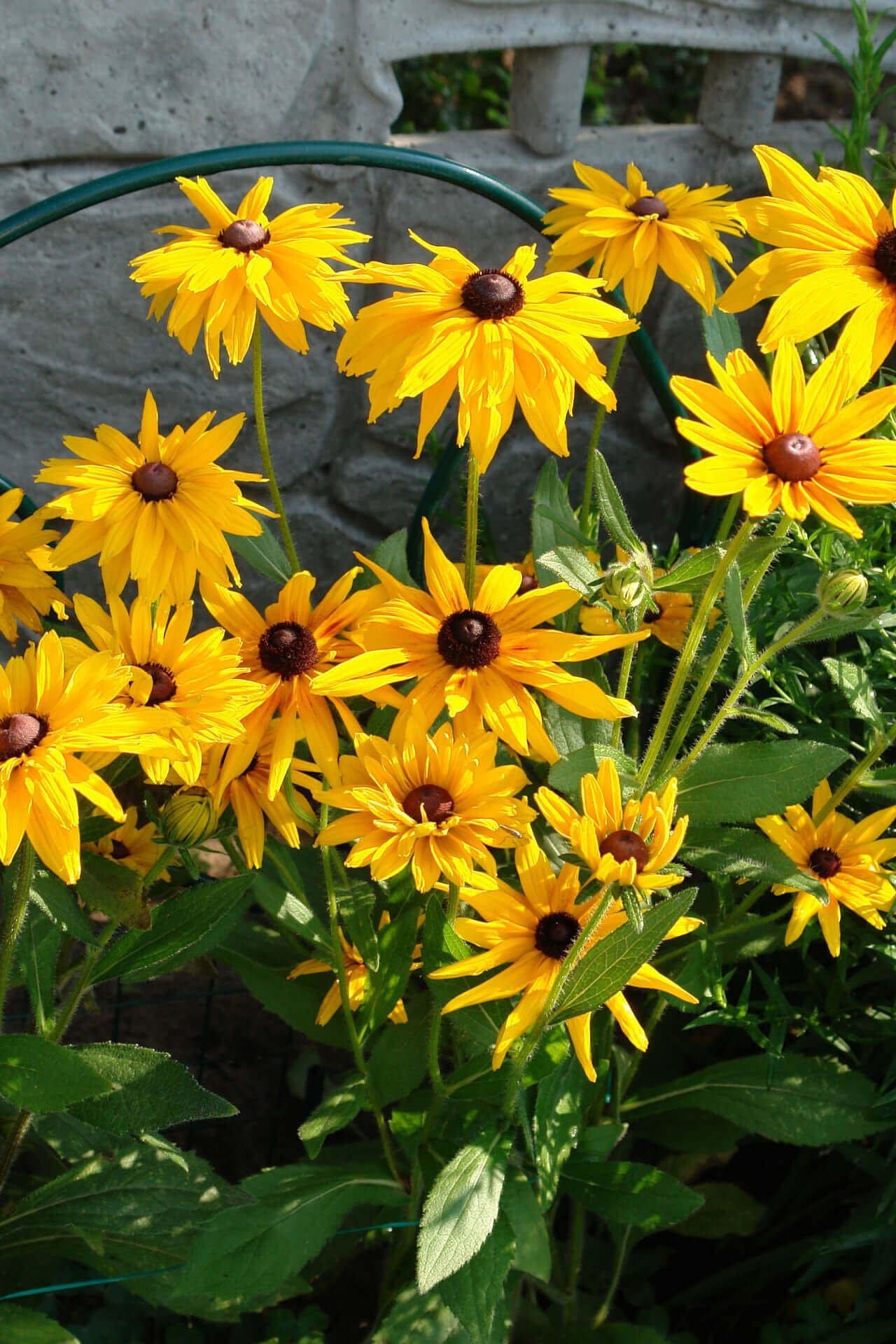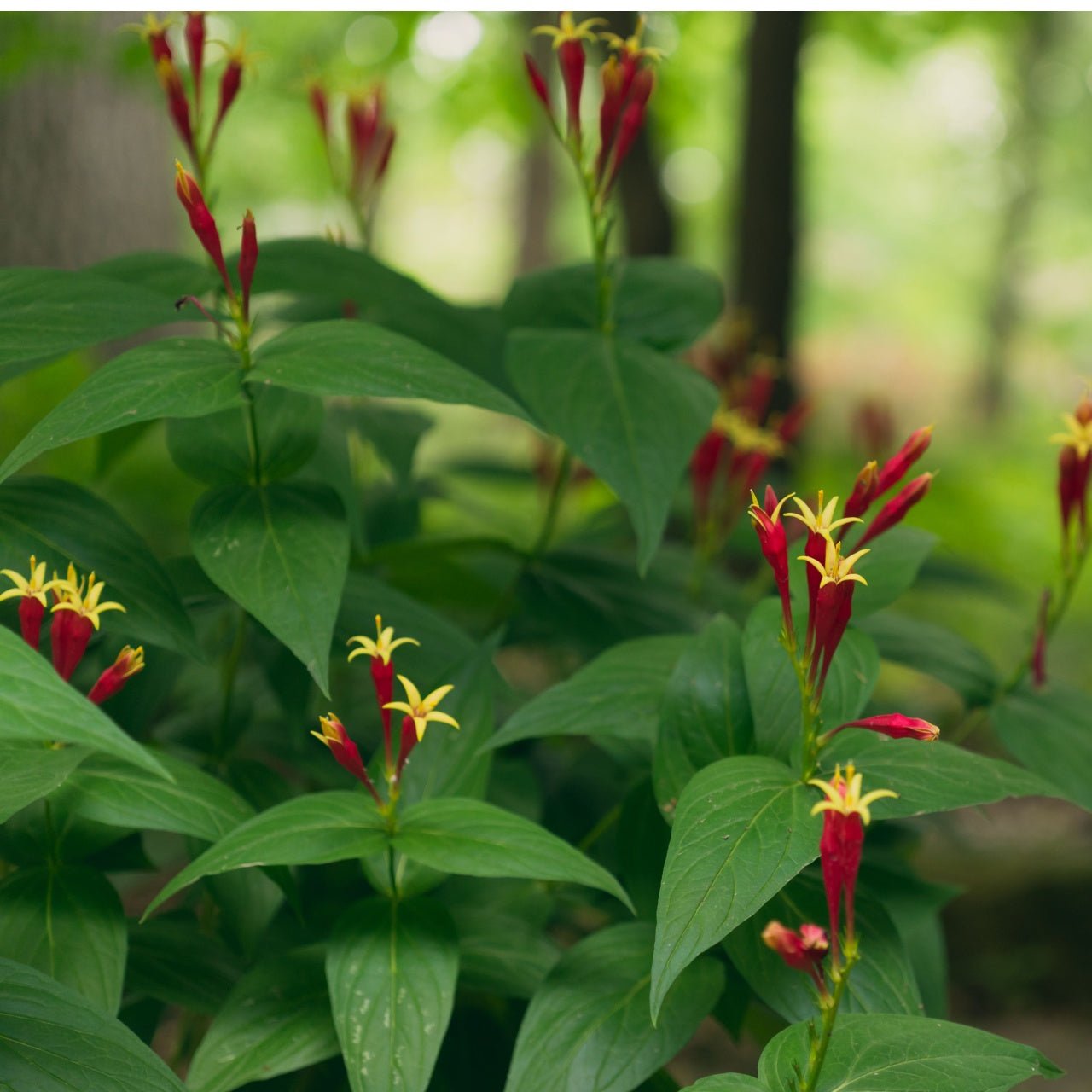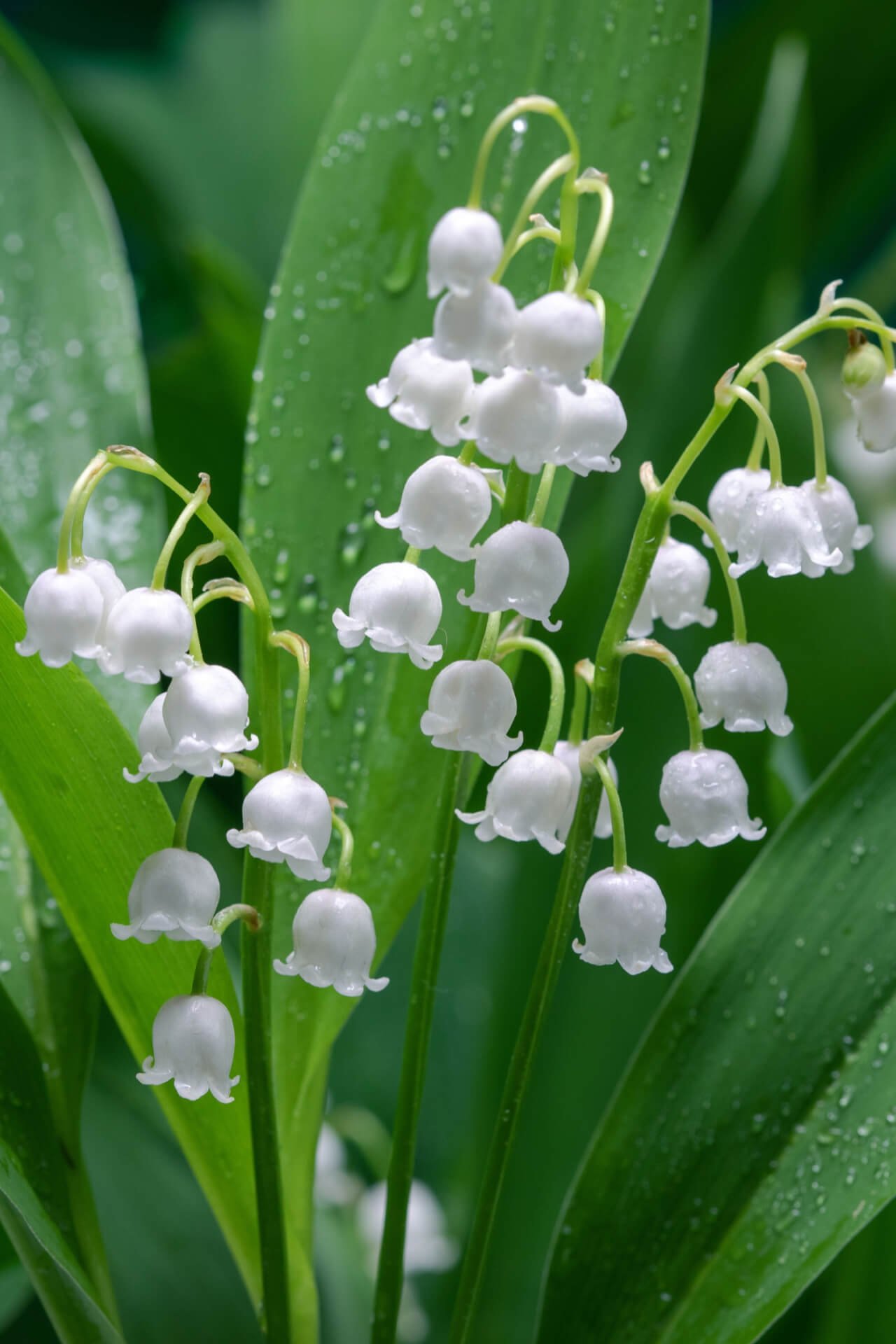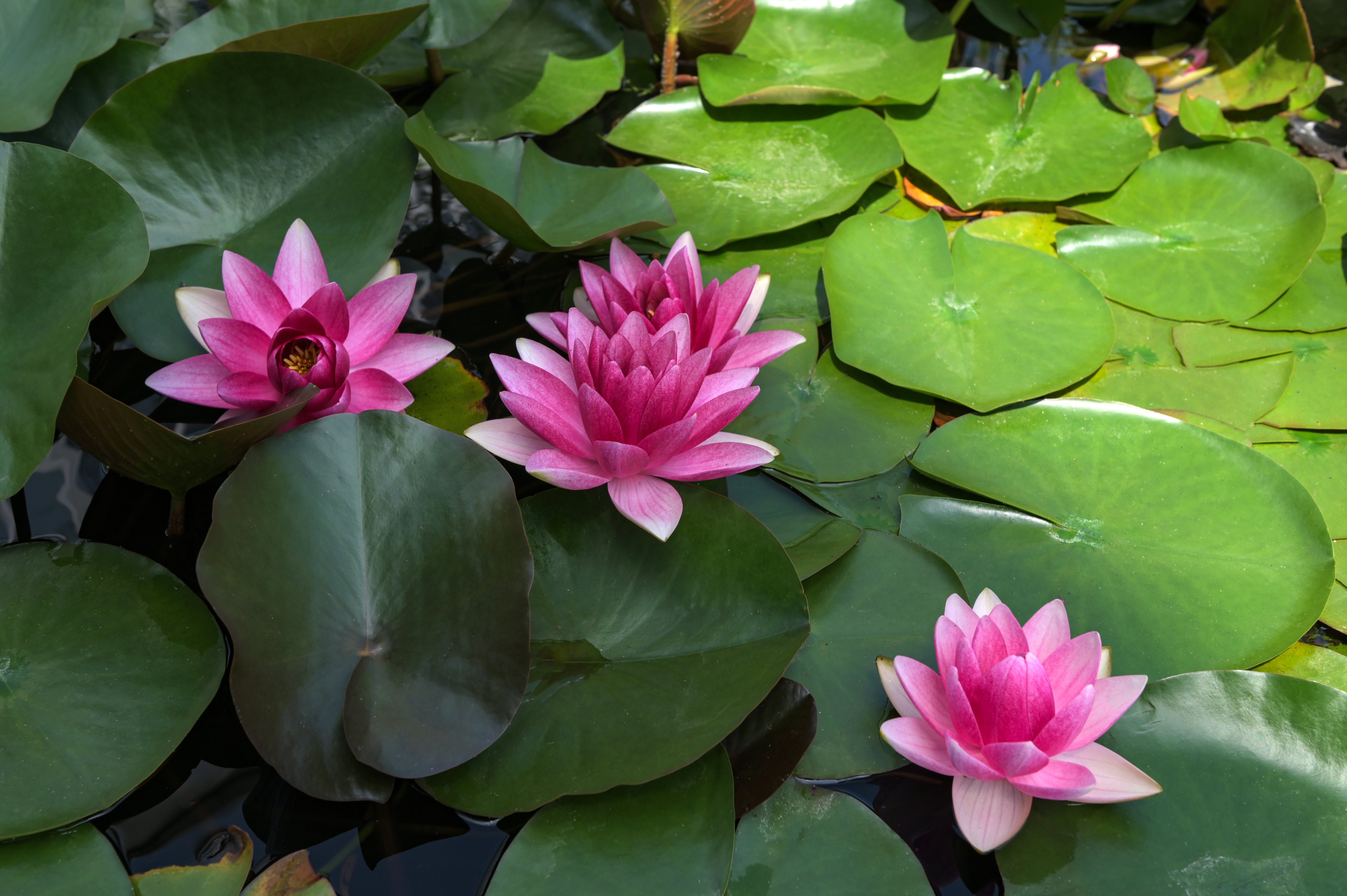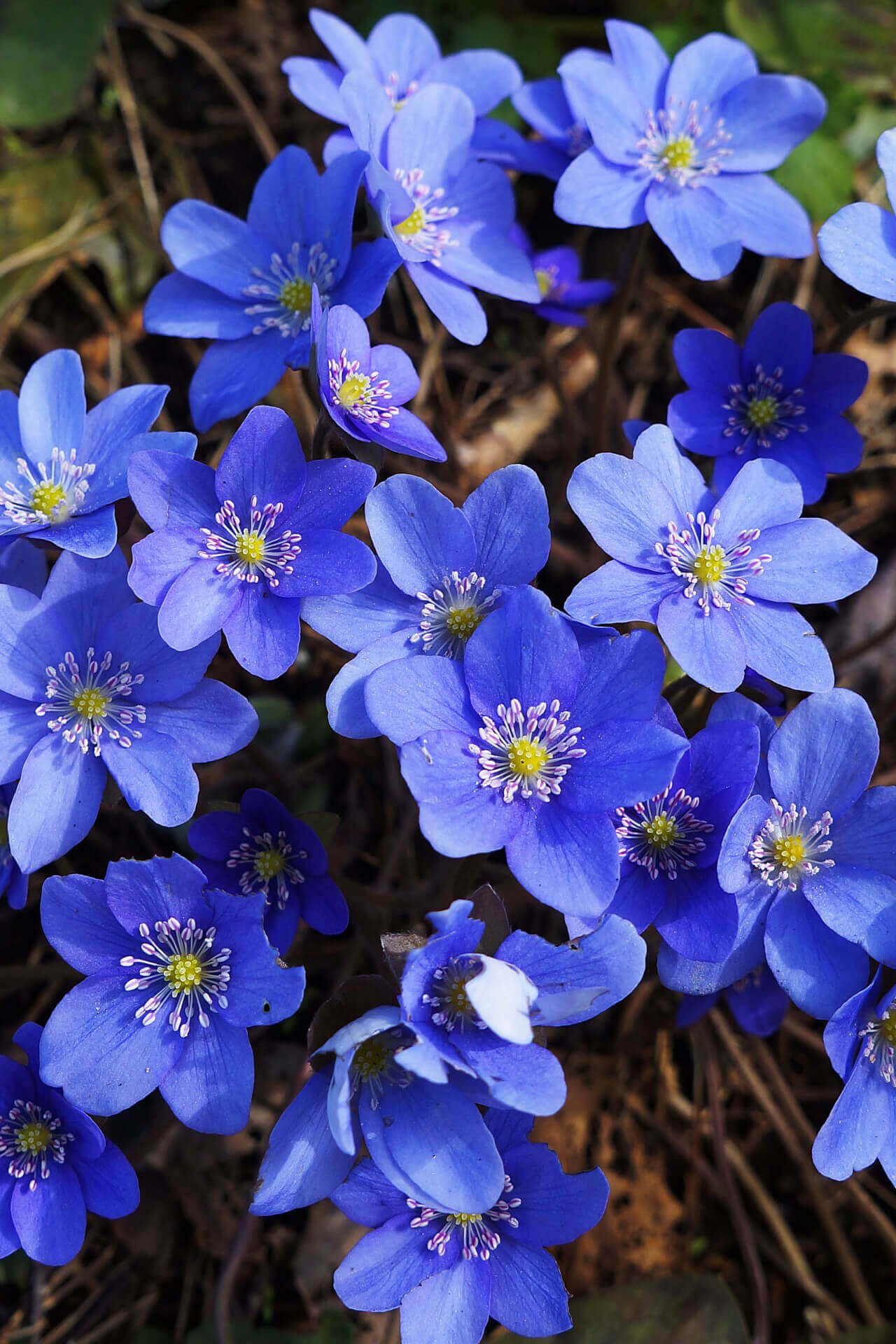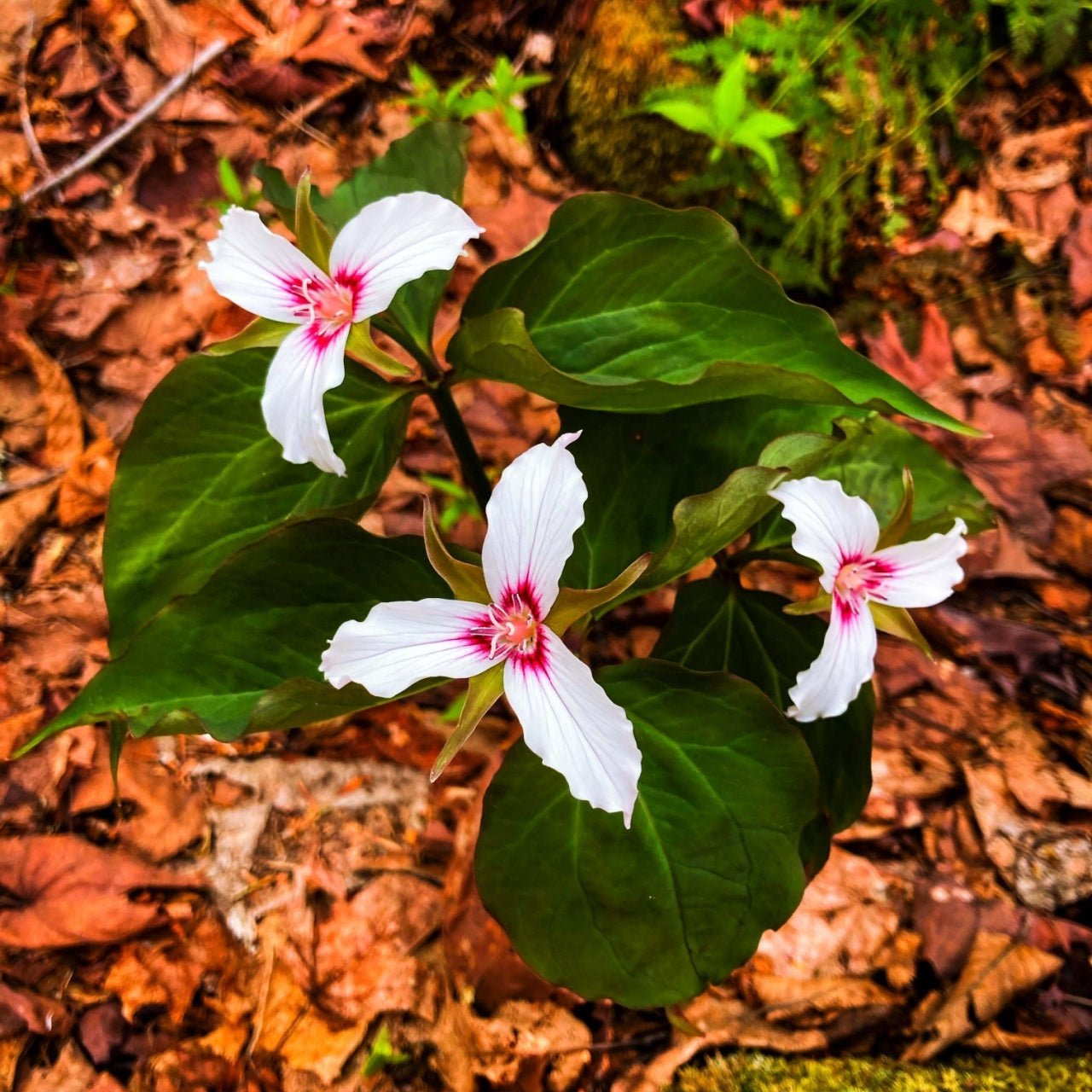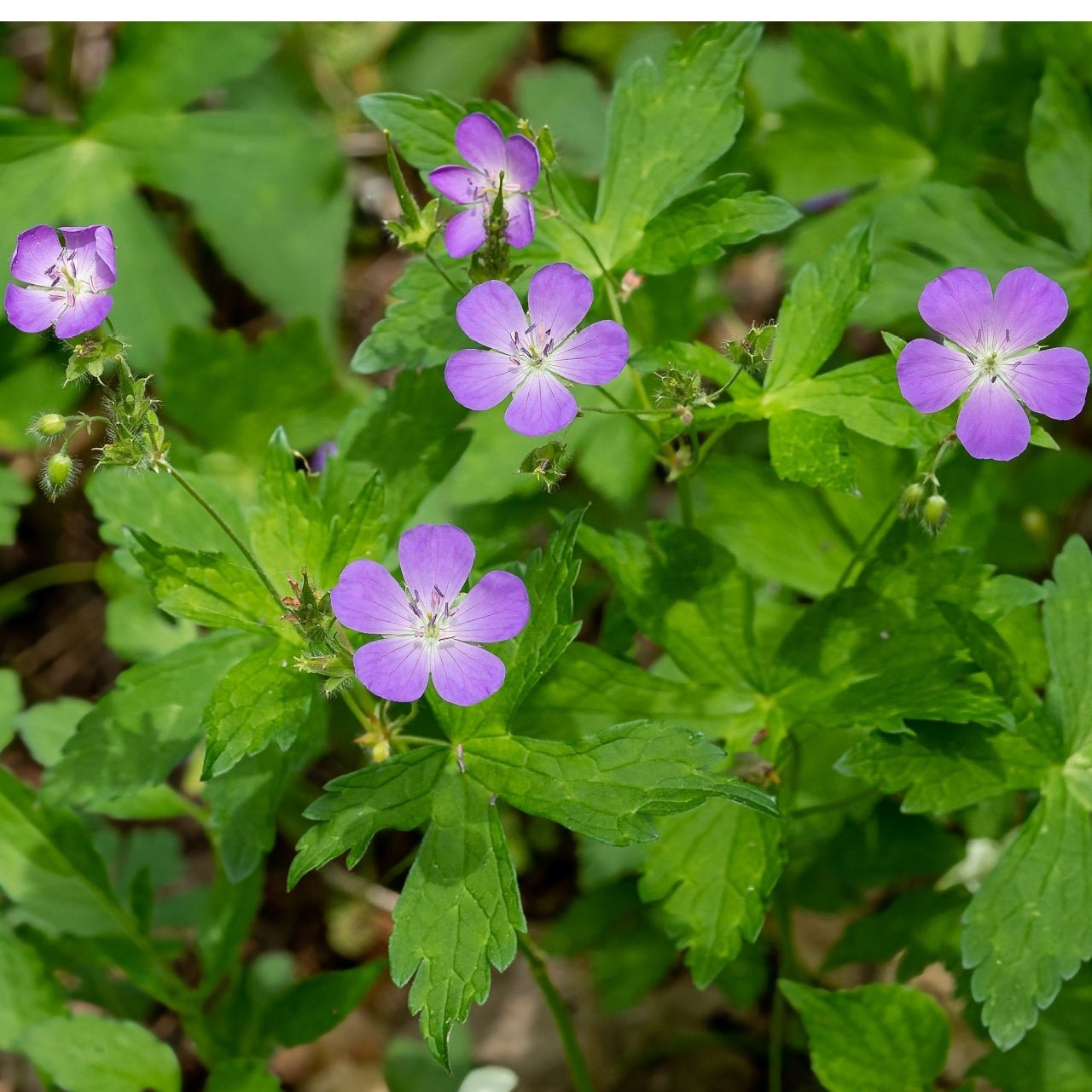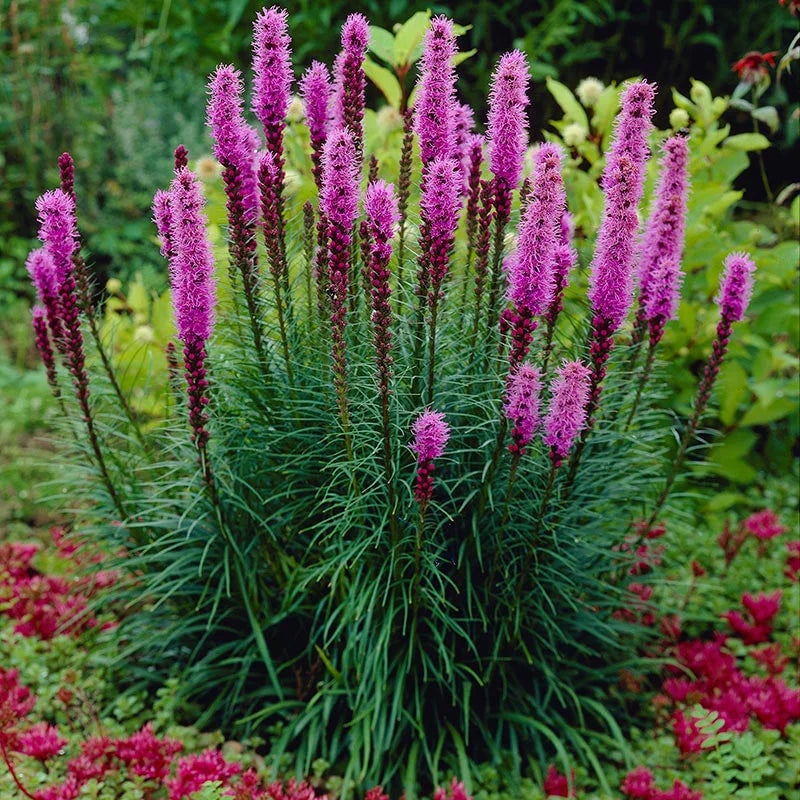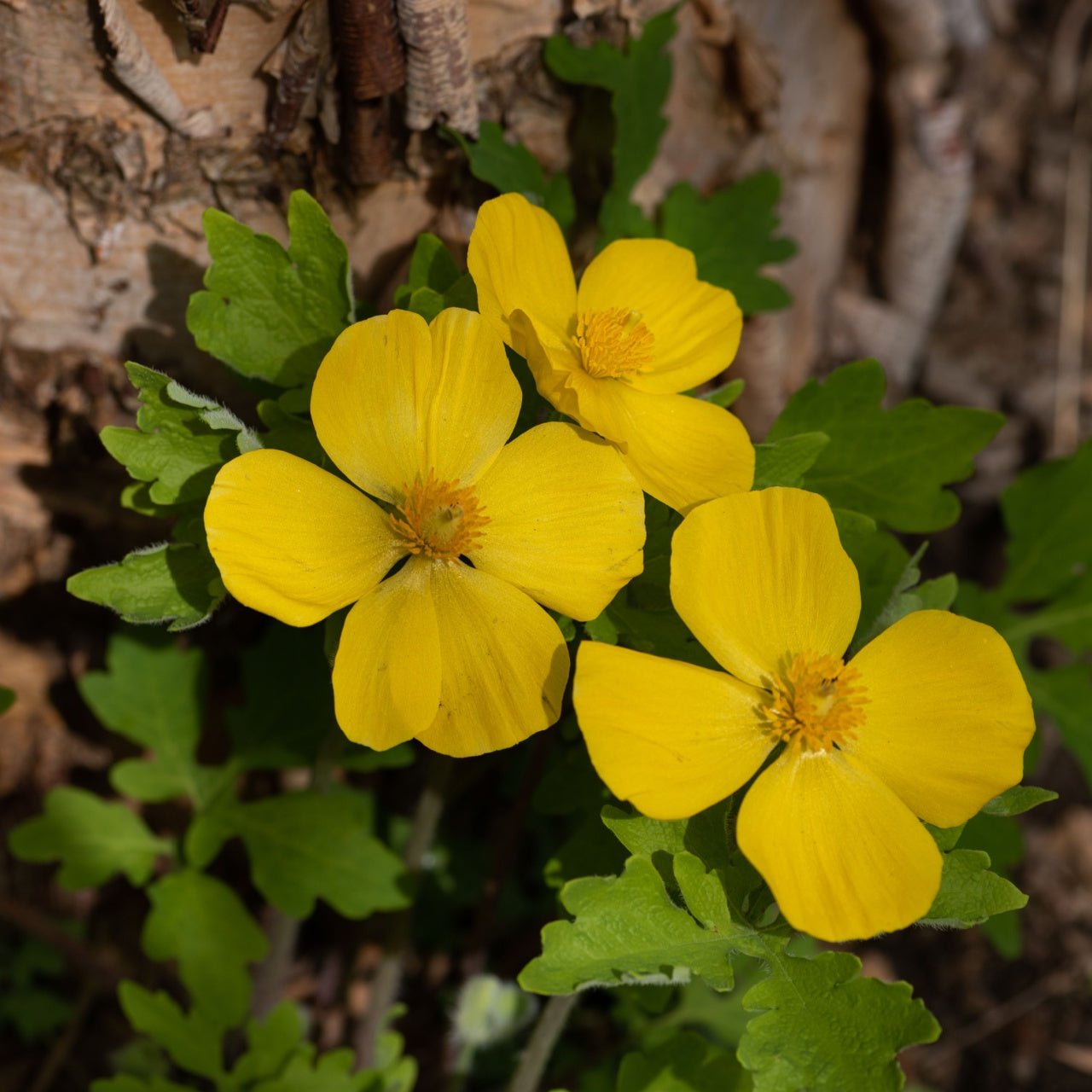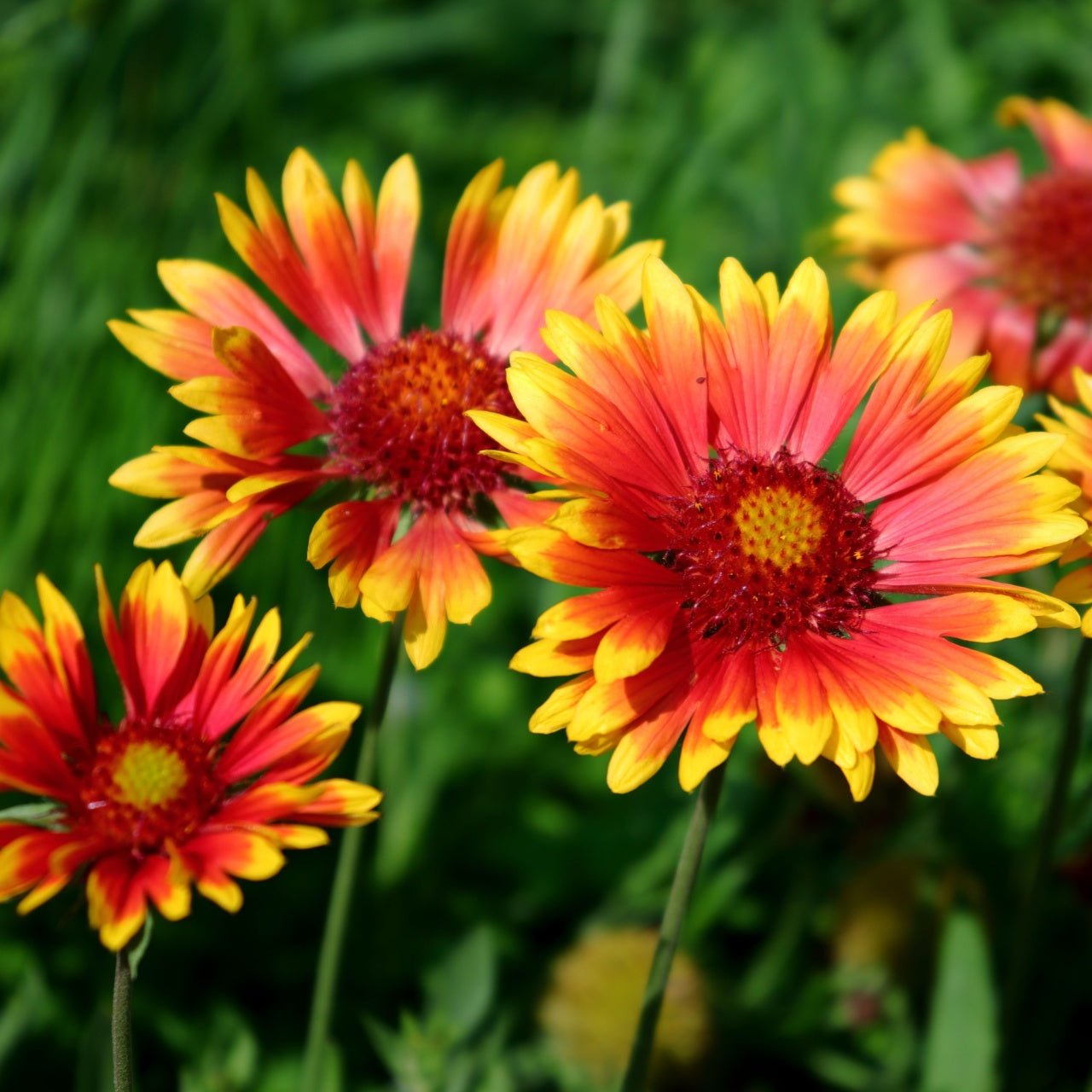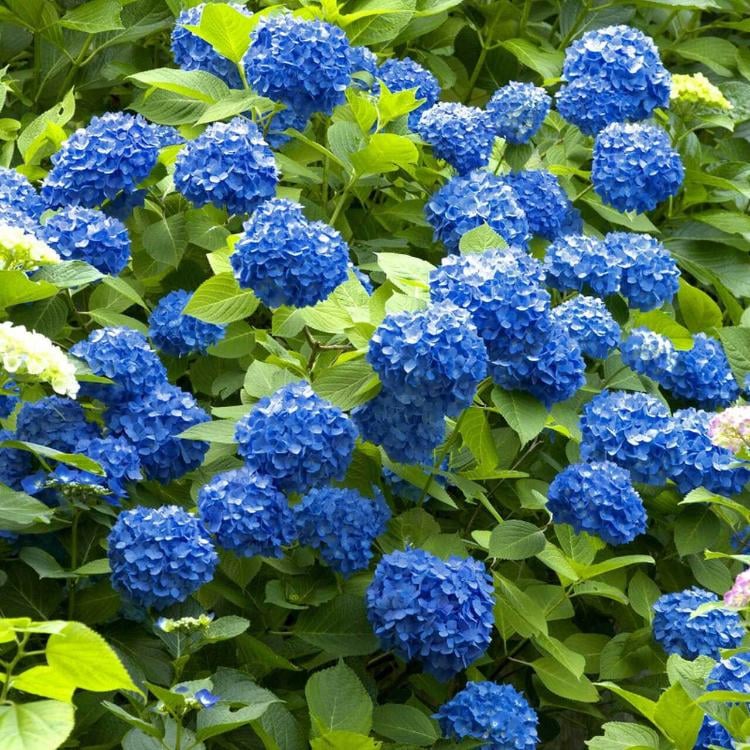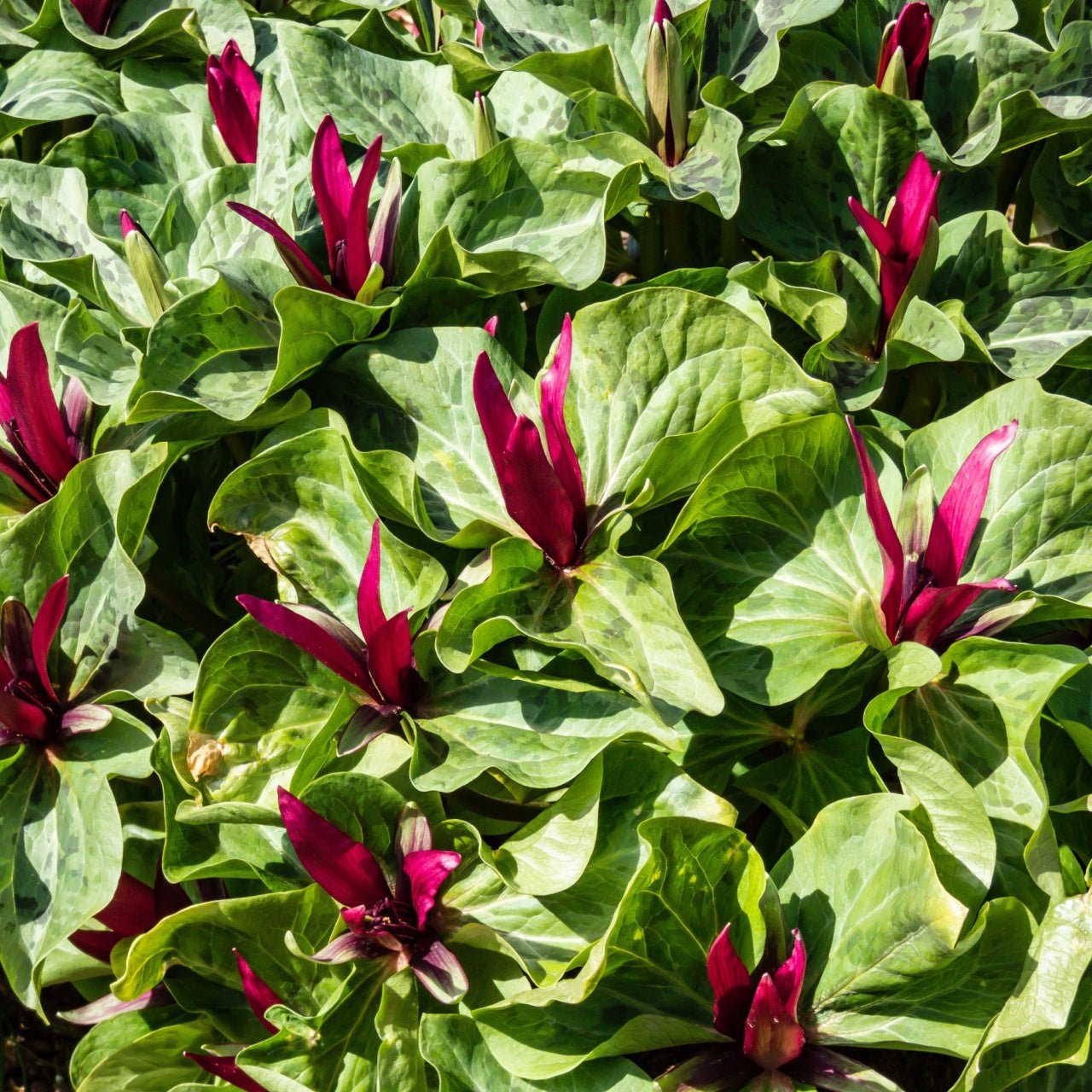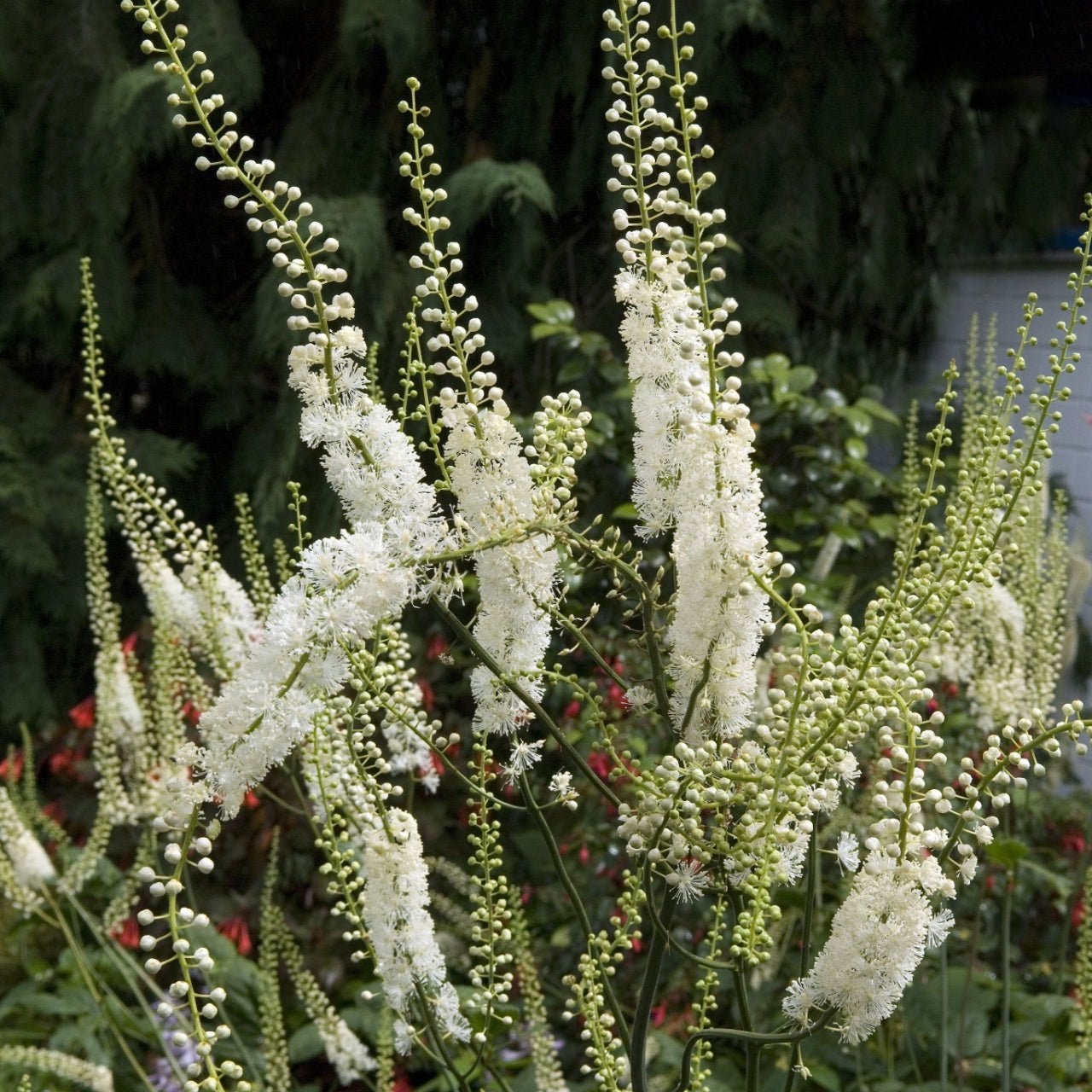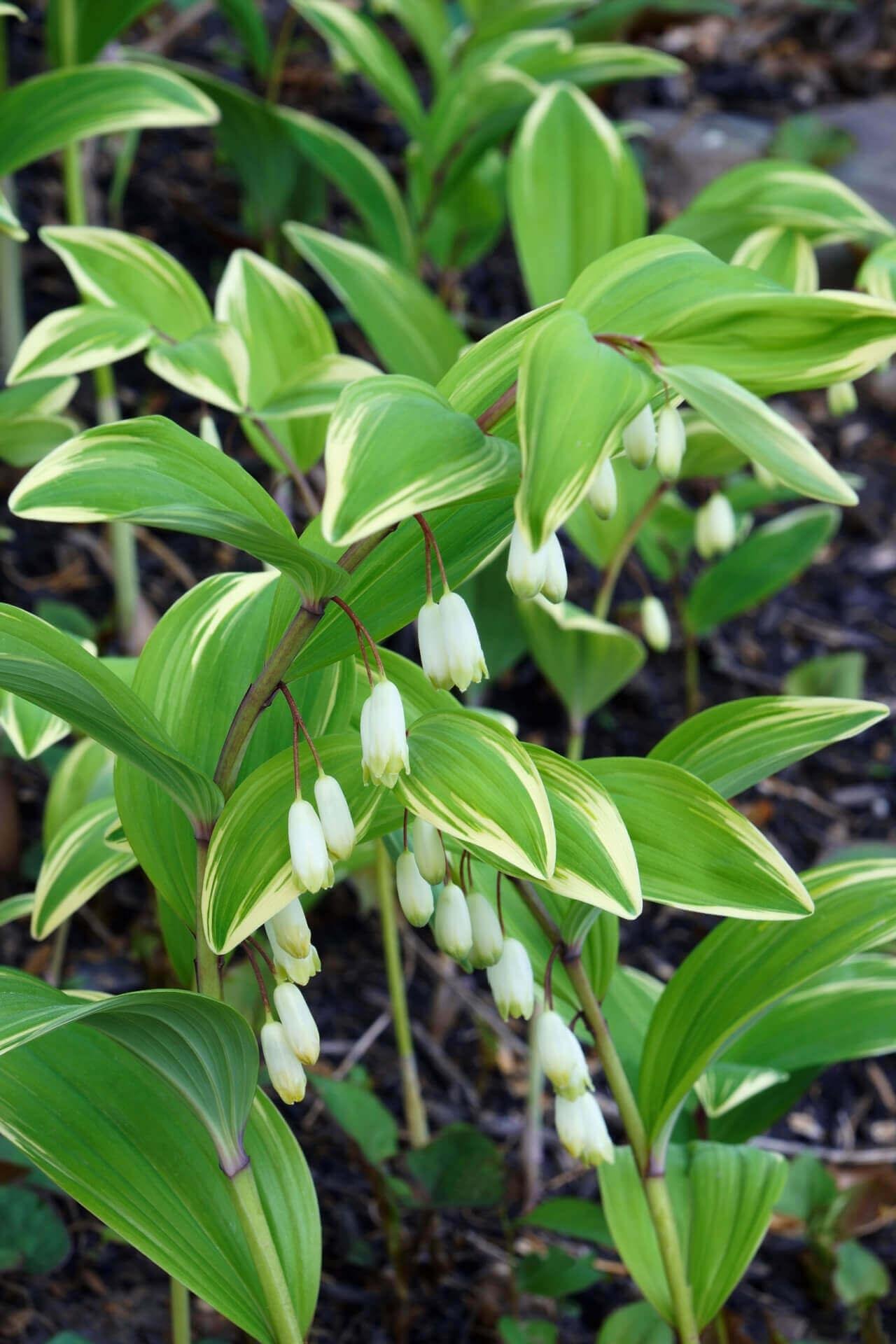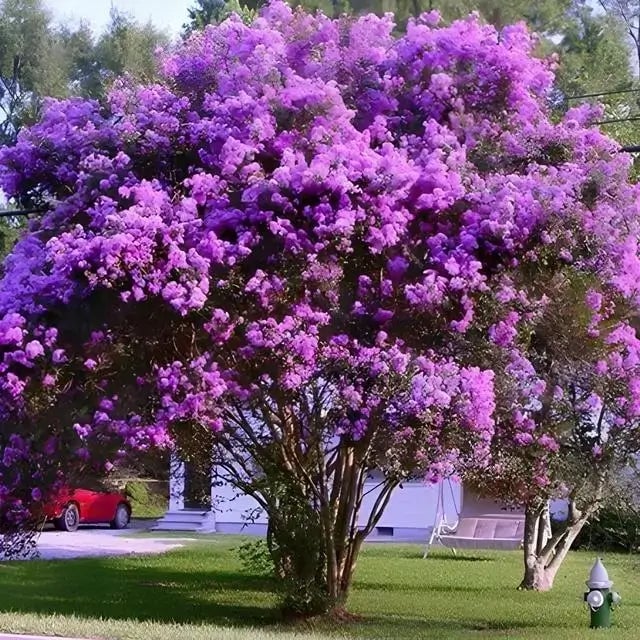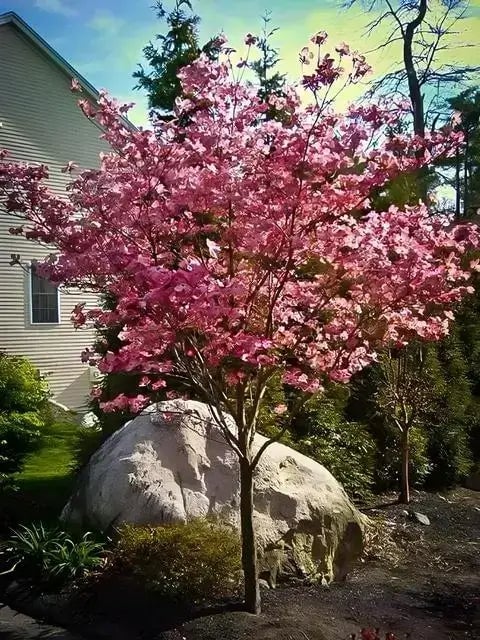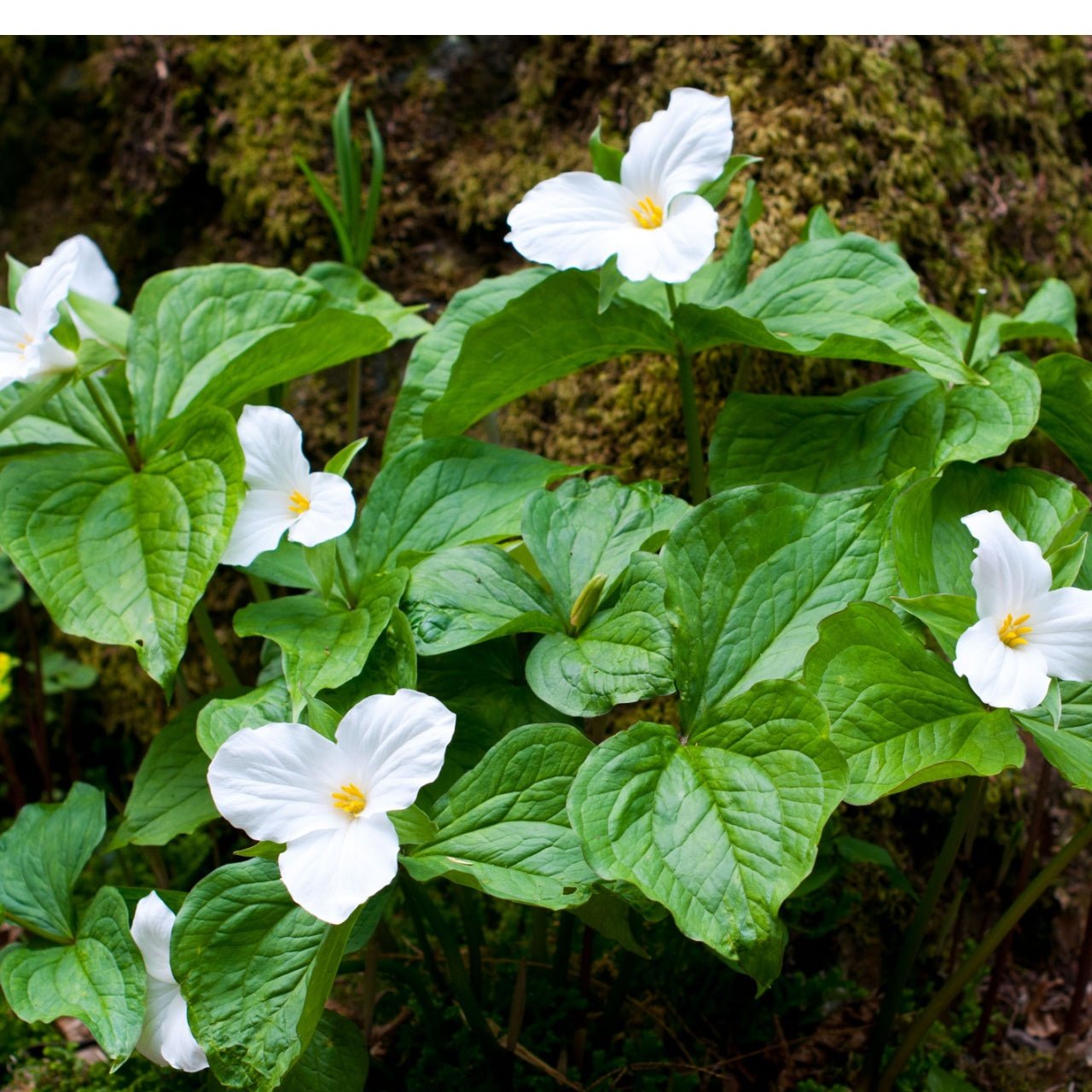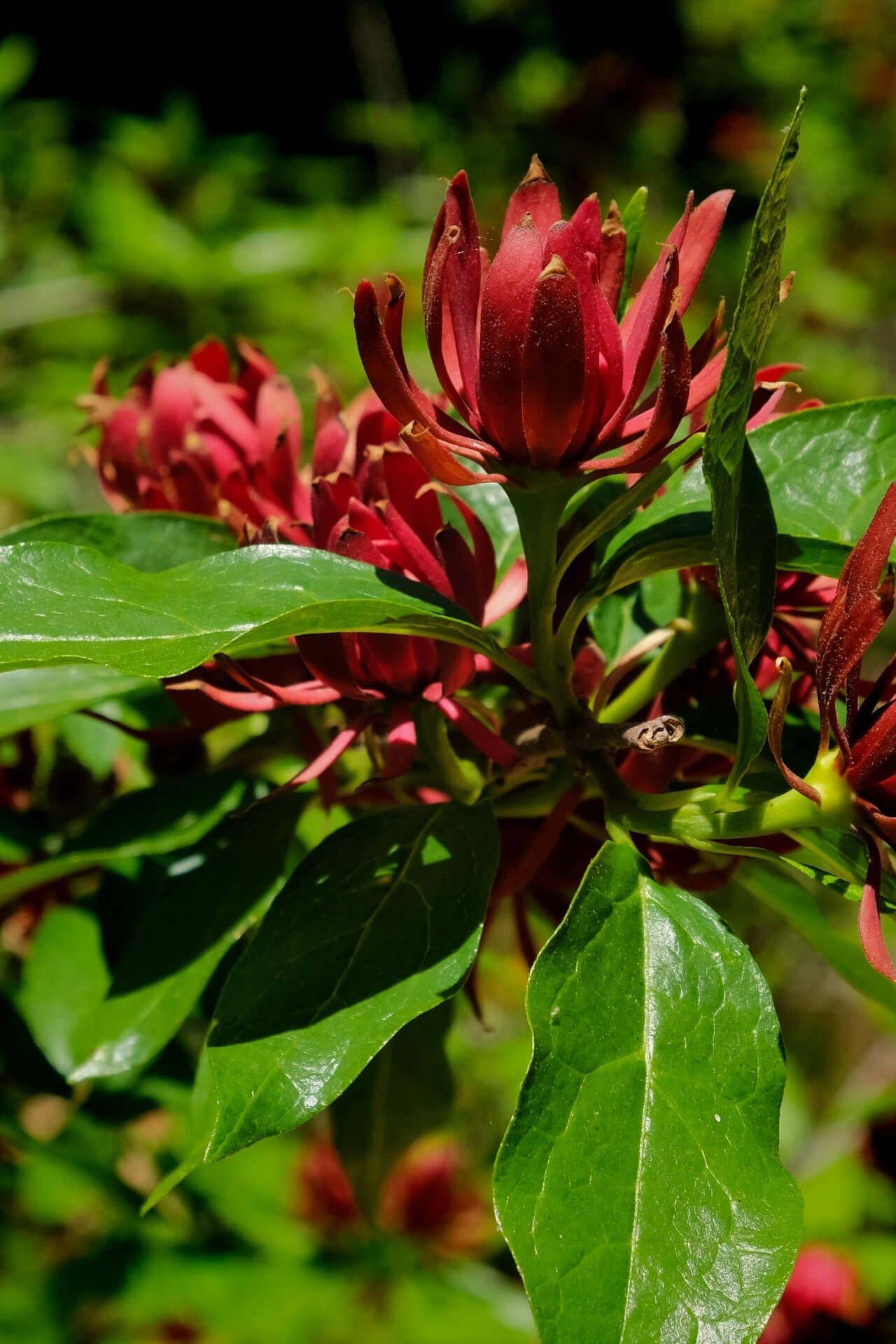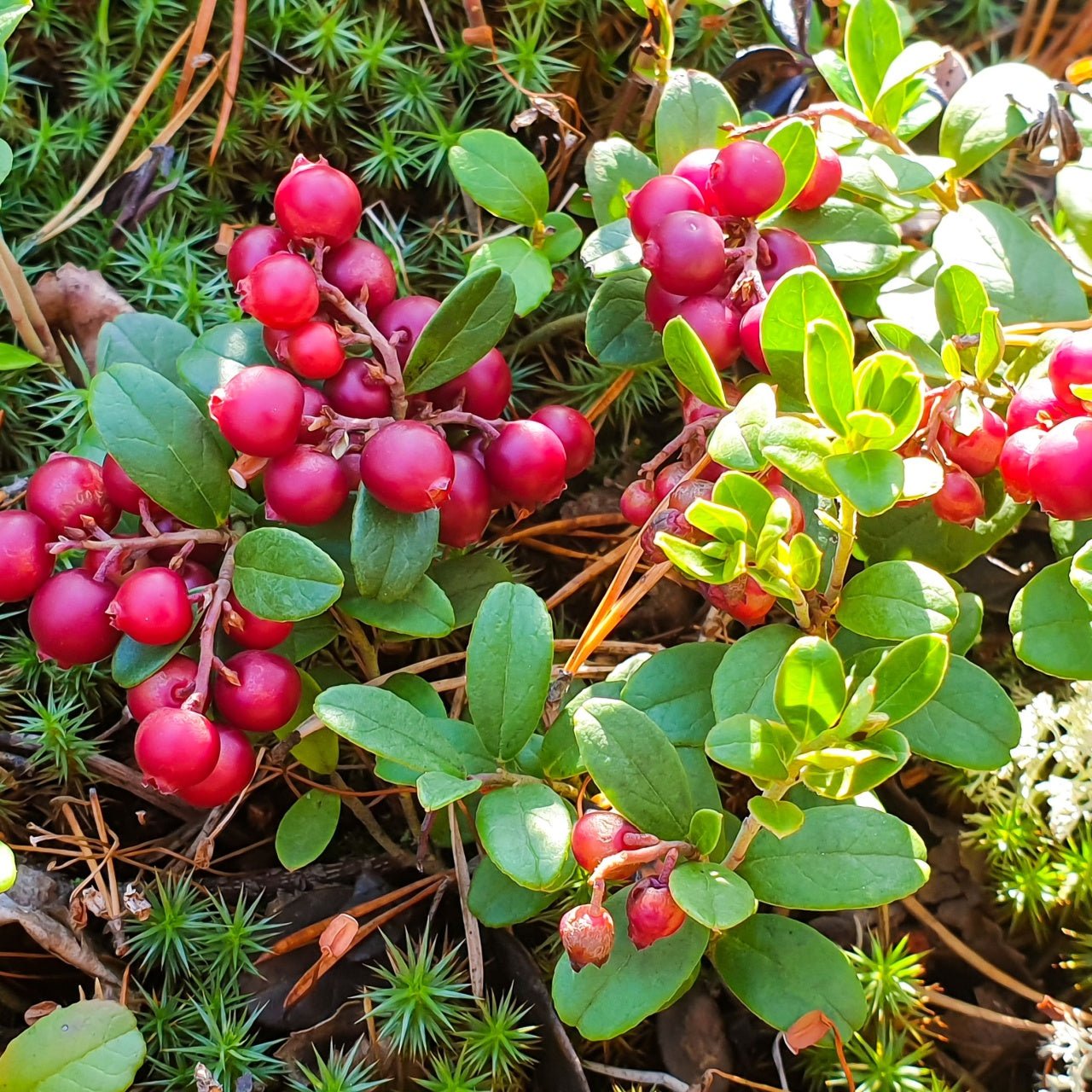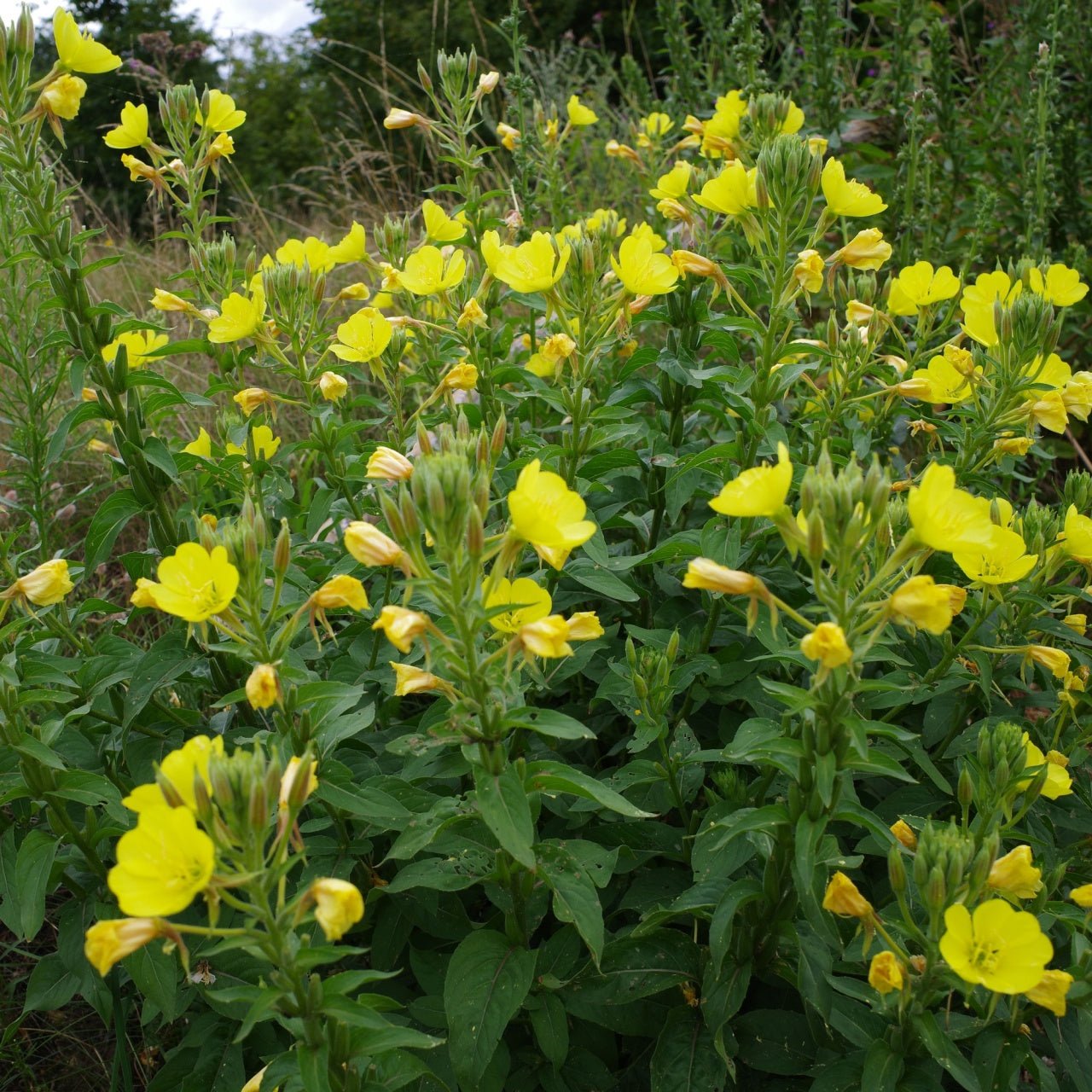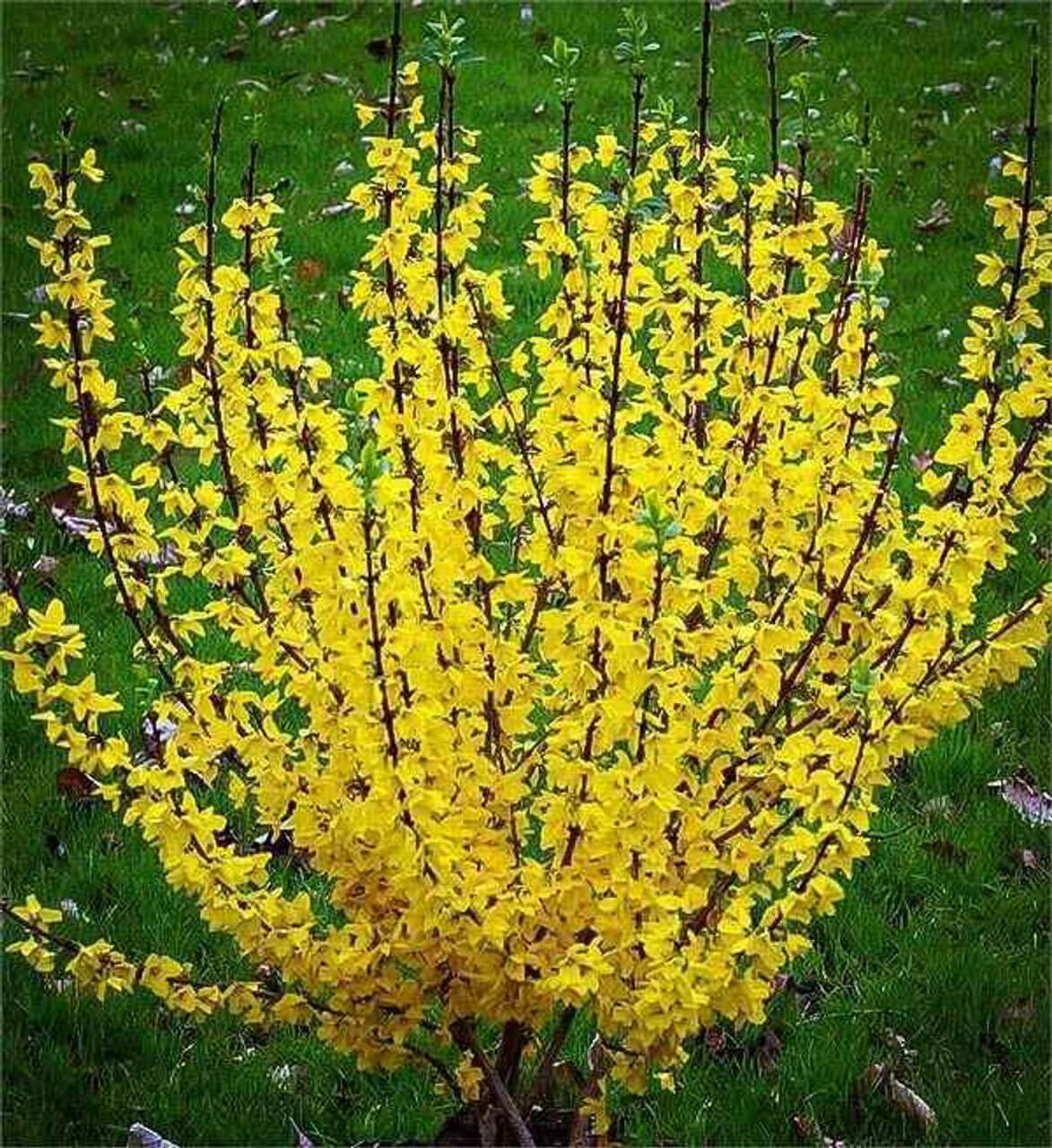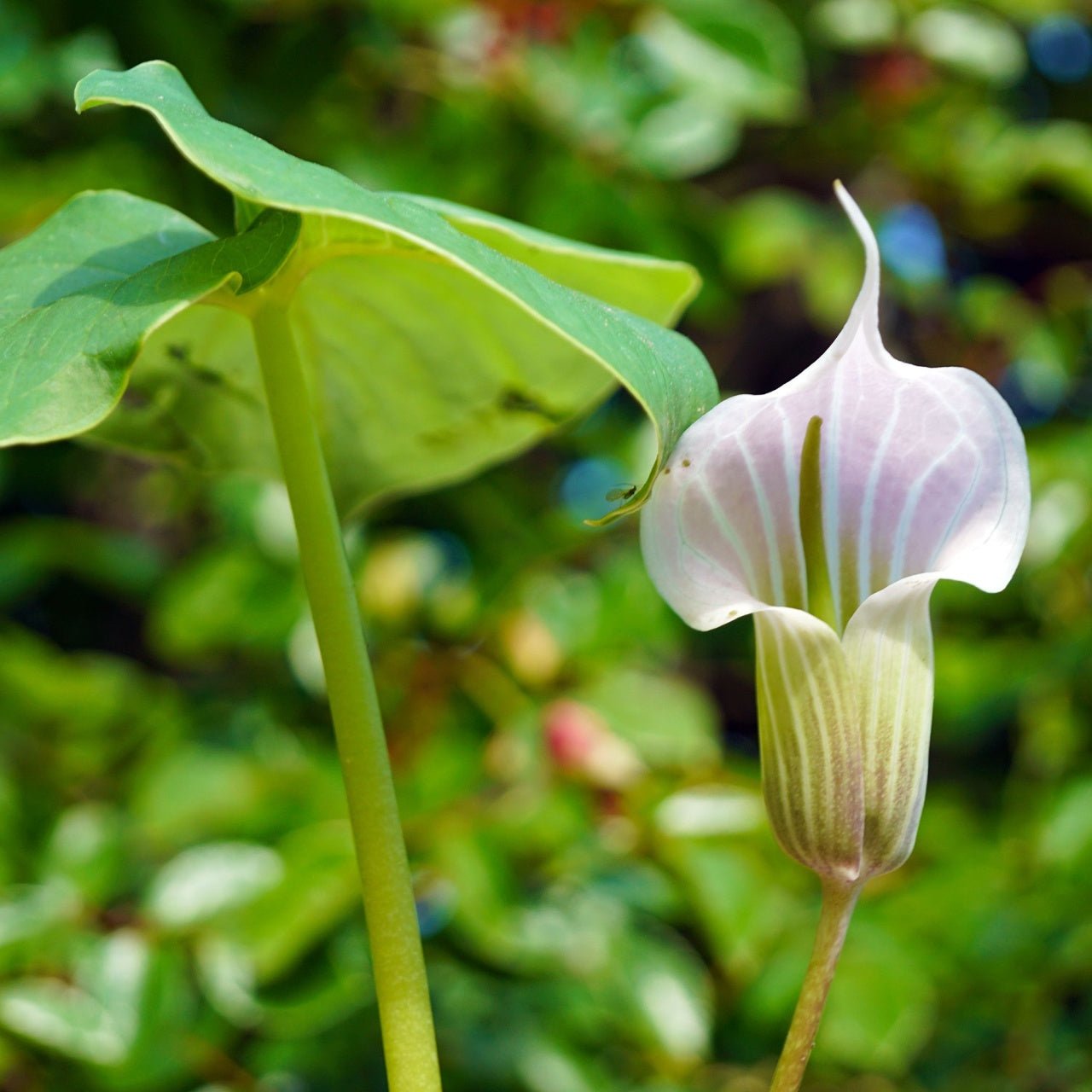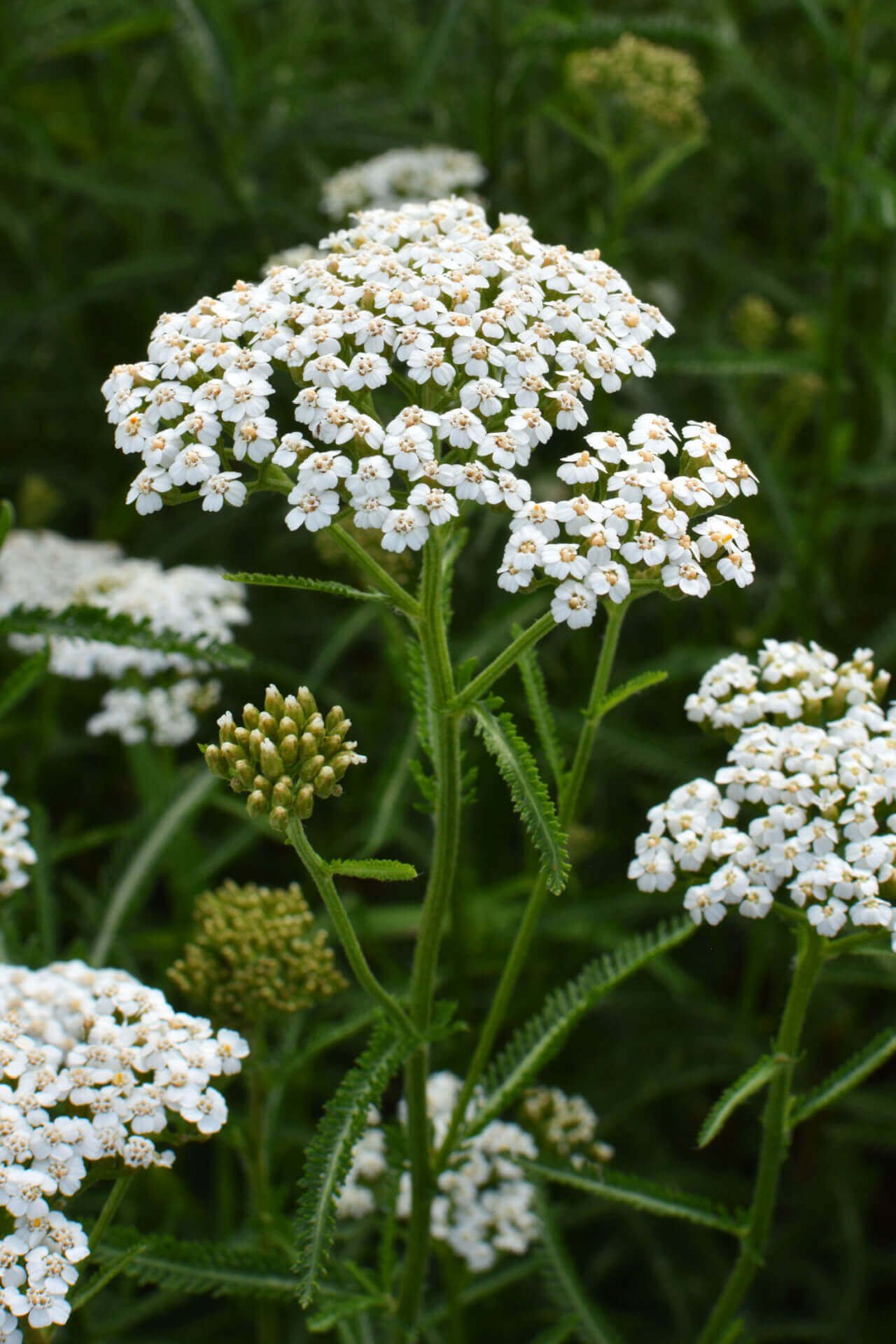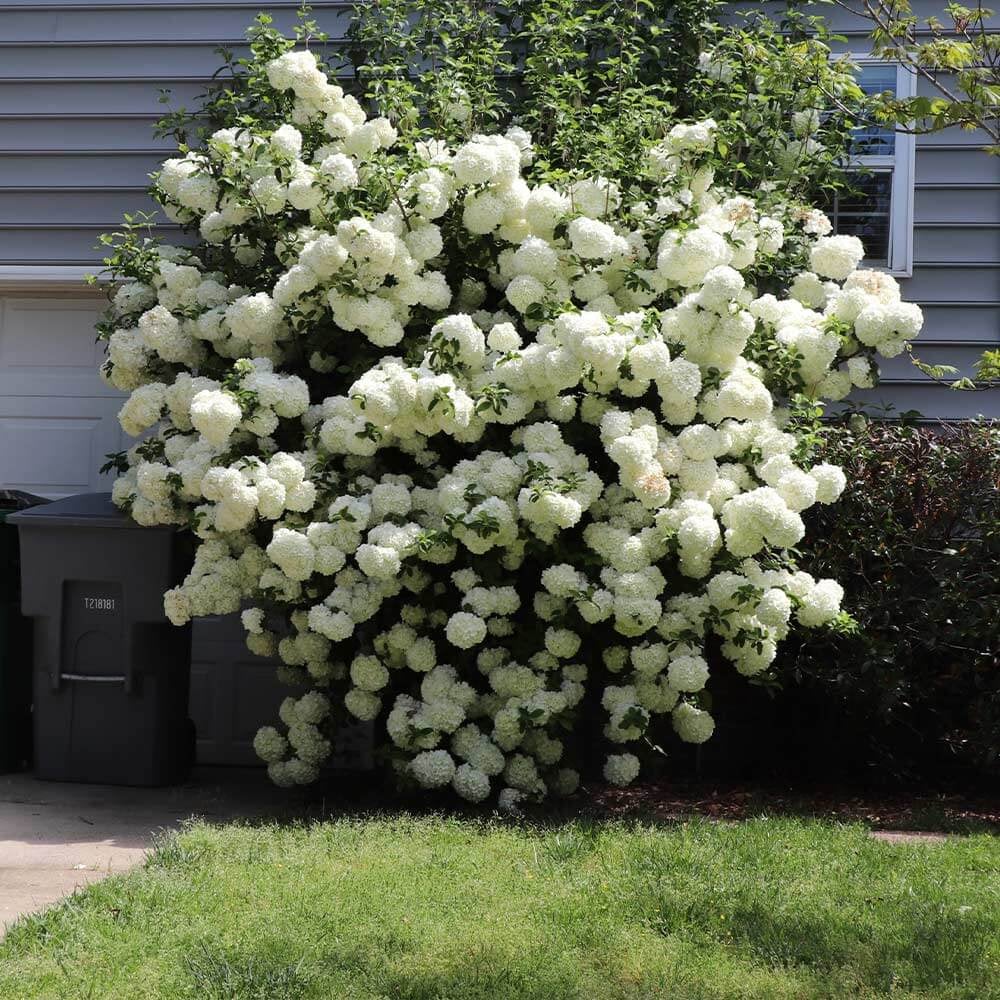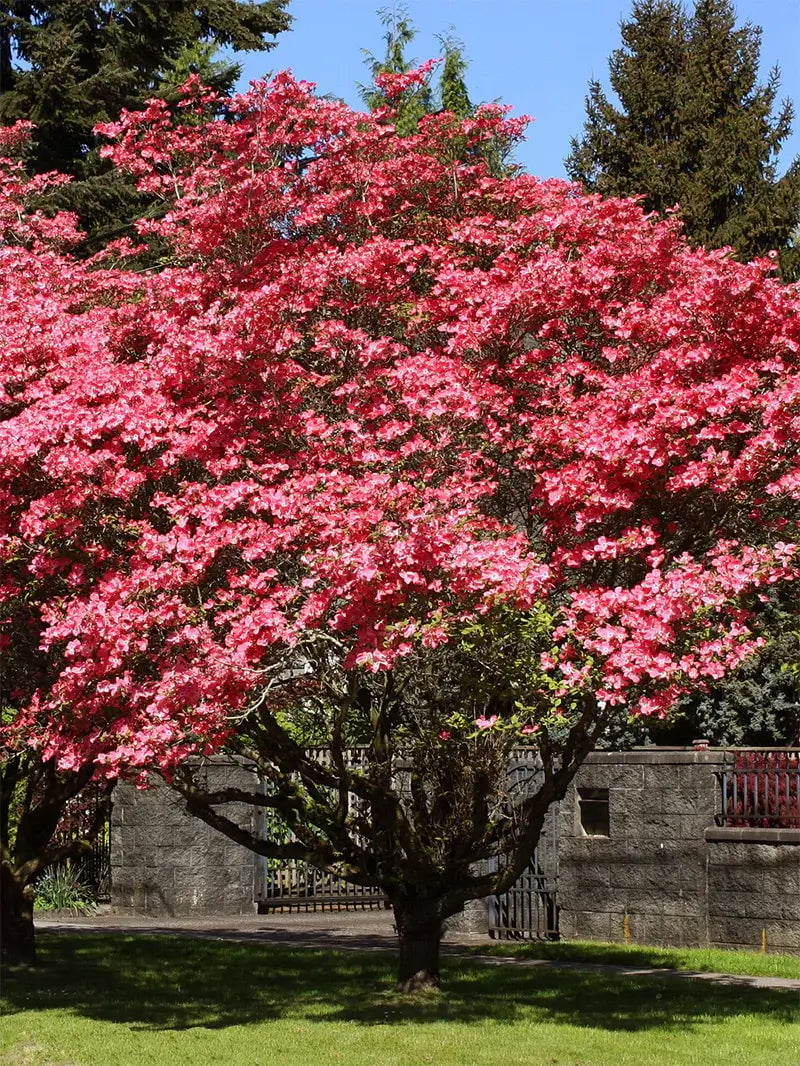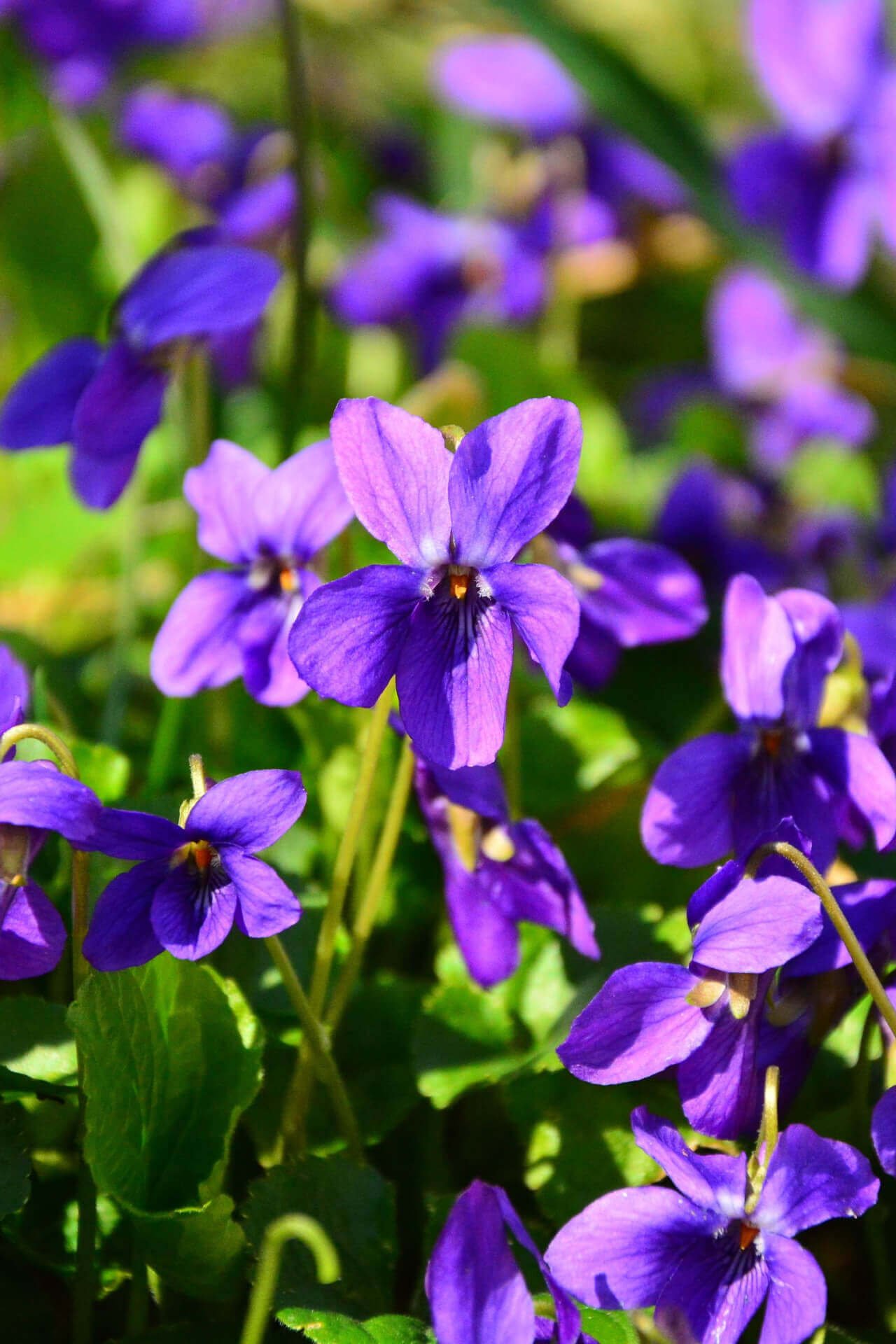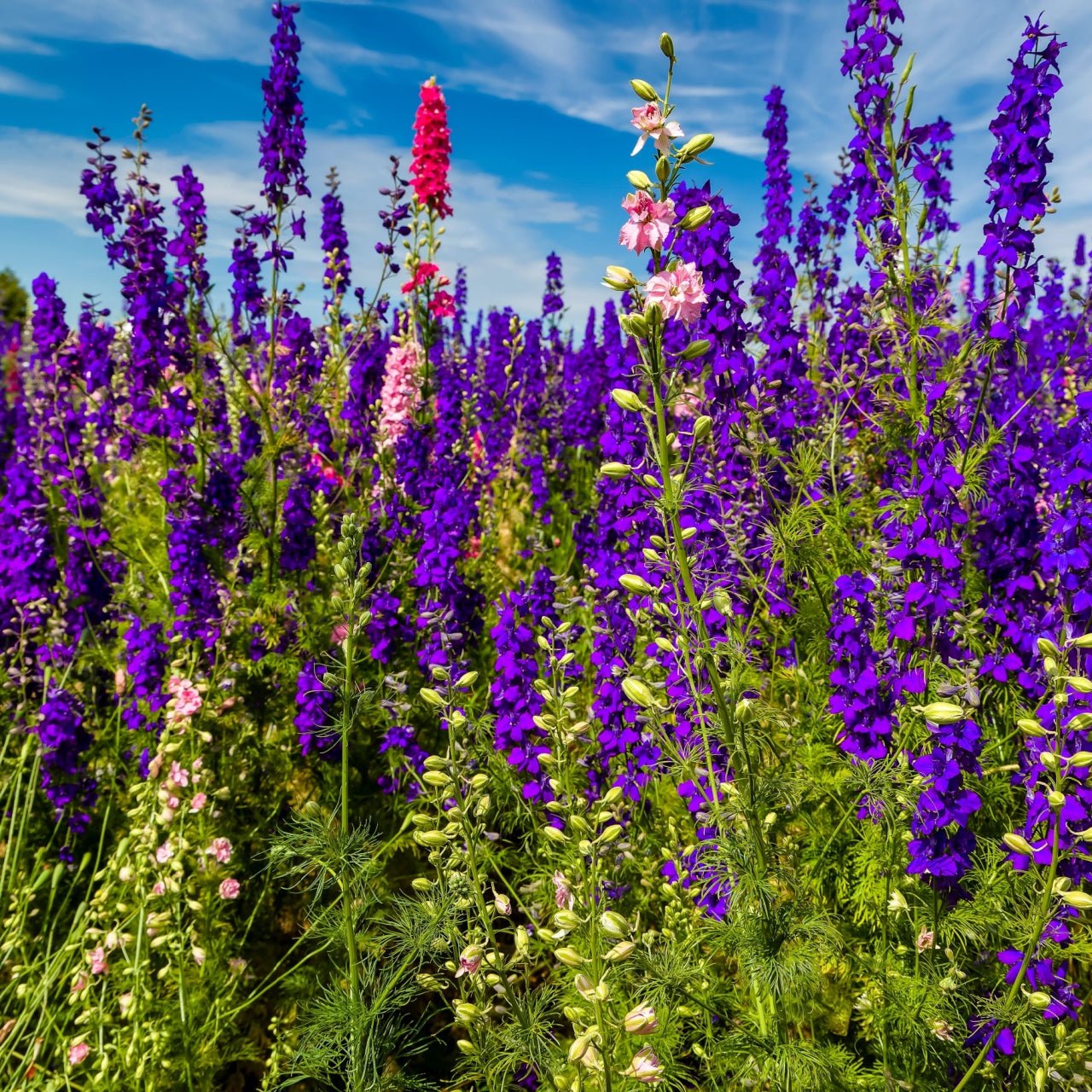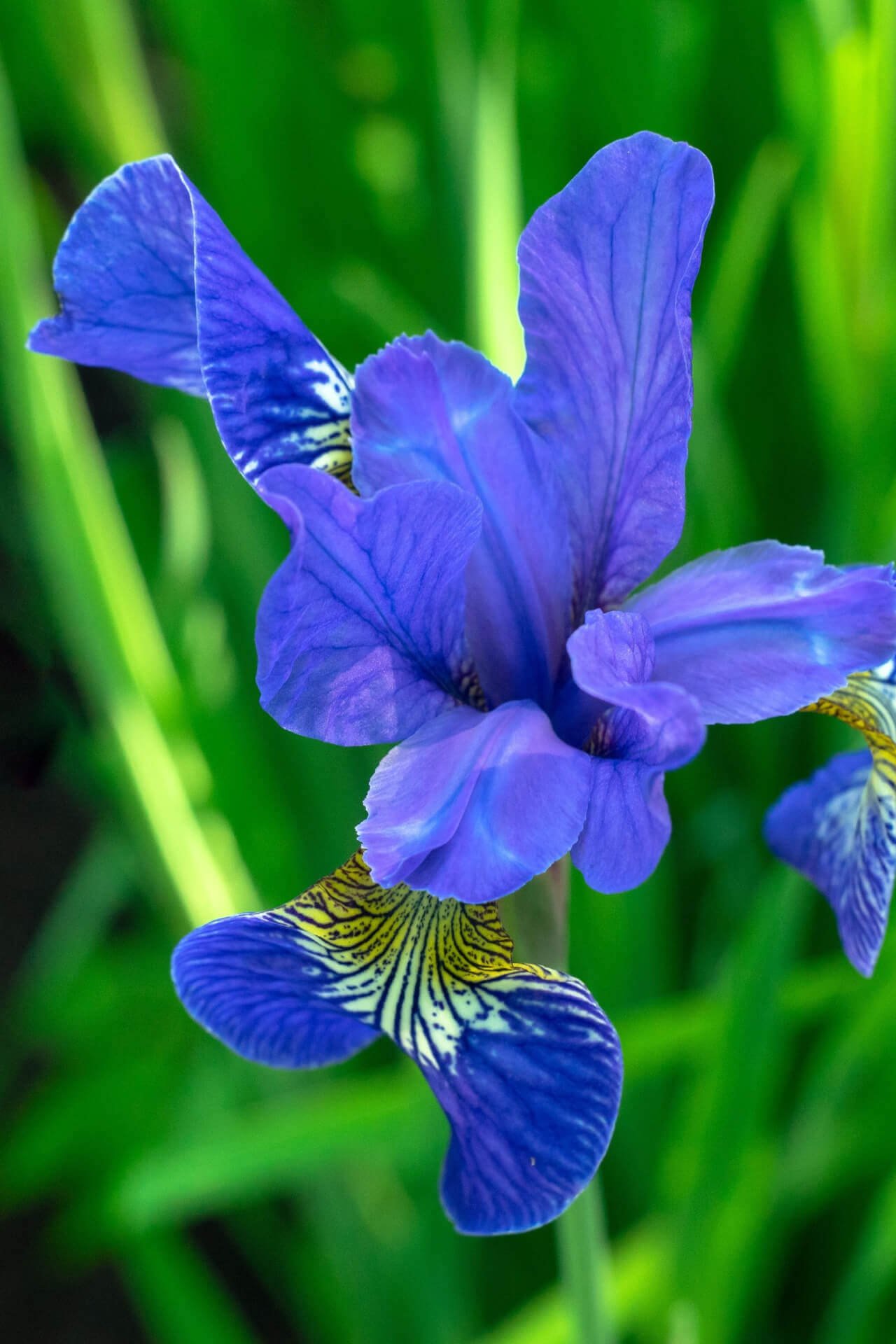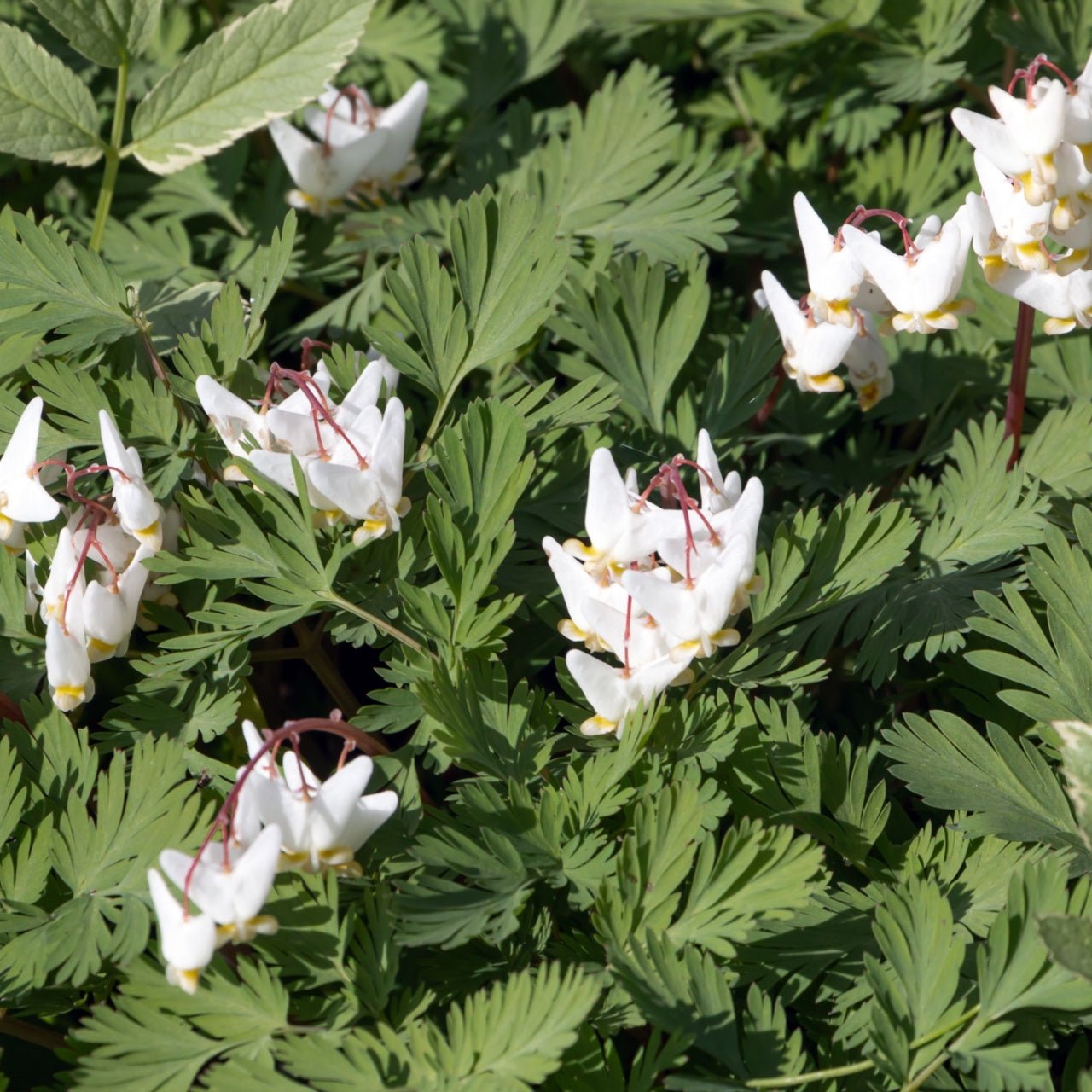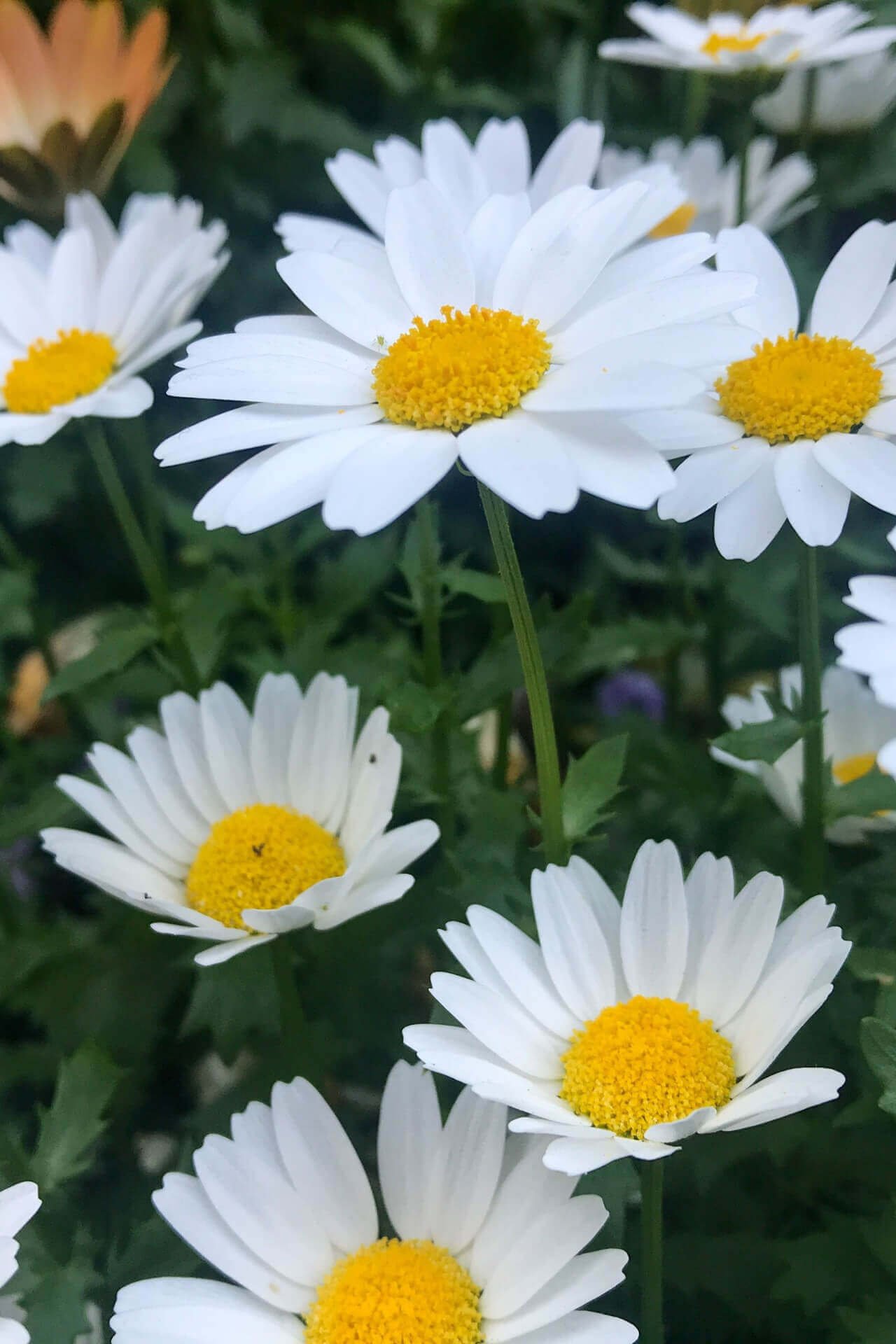Filters
Pollinator plants enhance the environment by promoting bees, butterflies, and monarchs. Some excellent flowers are low-maintenance, easy to care for, and thrive in most zones and soils. One of the most important ways a garden or landscaping stays healthy is by spreading pollen between flowers. Not only is pollination crucial for individual flowers' health, but pollination between flowers also helps produce more robust blooms, stronger roots, and a healthier appearance in your garden.
Pollinator Plants Attracts Bees, Birds and More
Two of the most common reasons butterflies, bees, and monarchs have become a rare sight in people’s gardens are the use of excess pesticides and the absence of nectar-rich flowers. If you want to change that and transform your garden into a haven for bees, butterflies, and other pollinators, TN Nursery has you covered with our pollinator perennials. It’s long been known that the best way to maintain a healthy garden is by allowing it to flourish with some help from pollen-spreading insects. For this, planting pollinator perennials is the best way to go. These plants attract pollinators like bees, butterflies, and monarchs, who feed on their nectar while collecting pollen and passing it around your garden.
Through pollination, these pollinators help produce more robust blooms with stunning colors and strong roots
Since this process plays a huge role in supporting broader ecosystem health, planting flowers for bees and other pollinators is the best decision for your garden. Our stock of the best pollinator plants is low-maintenance, allowing you to create a natural habitat and food source for insects essential in supporting your garden's ecosystem.
Choosing the Best Pollinator Perennial for Your Garden
From Showy Pink Primrose to Sweet Violet and Tiger Lily to Wood Poppy, TN Nursery offers different flowers for bees, butterflies, and other pollinators. However, when choosing a pollinator perennial for your outdoor space, know which pollinator you want to attract. For instance, butterflies are attracted to yellow, red, orange, pink, and purple flowers. So, you can plant Wood Poppy, Trumpet Vine, Tiger Lily, and Wild Geranium. Conversely, Bees are fascinated by blue, purple, white, and yellow nectar-rich blooms. It would be best to choose plants such as White Hibiscus, Yellow Primrose, and Blue Flag Iris for bees. With our more than 100 pollinator perennials, you can add a burst of color to your garden while promoting biodiversity and garden health.



